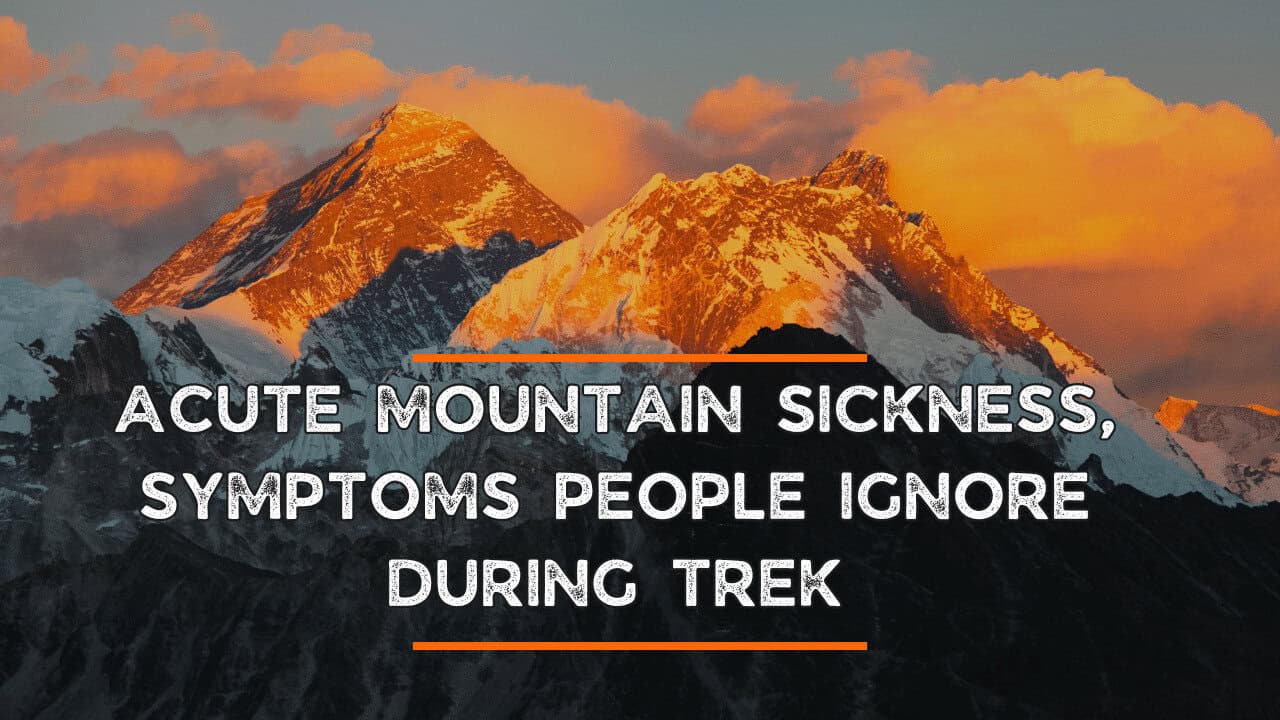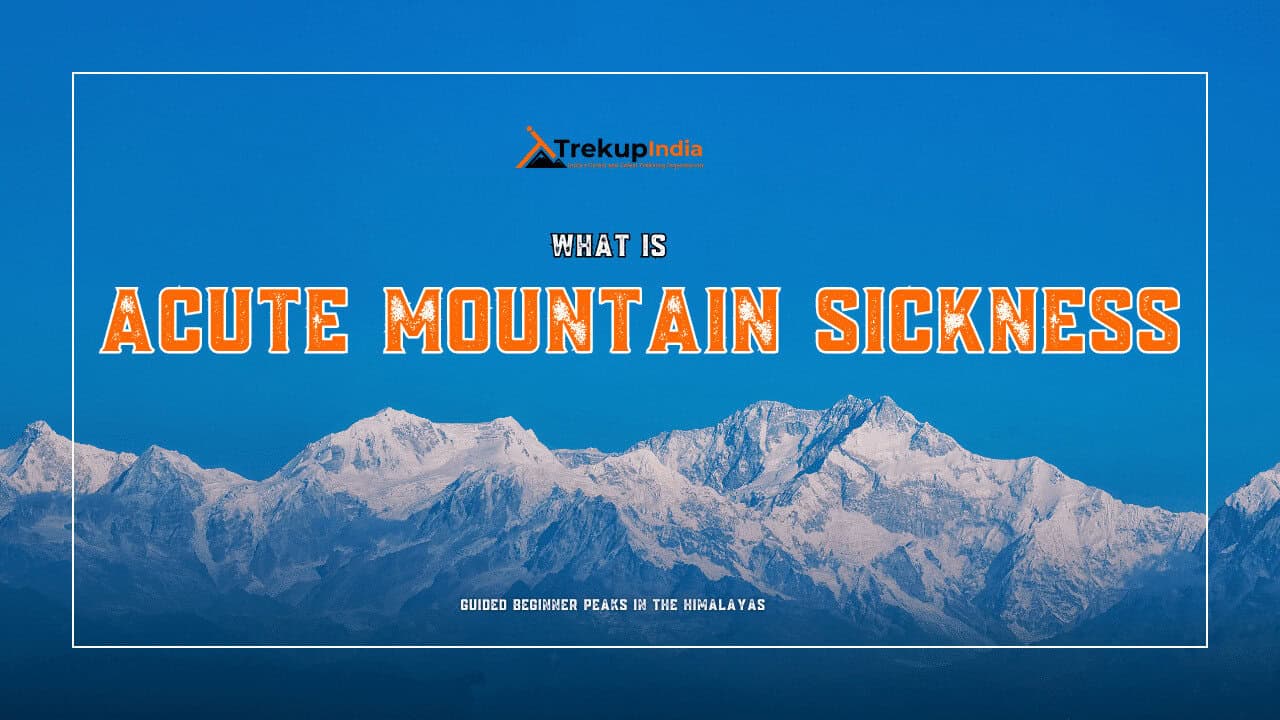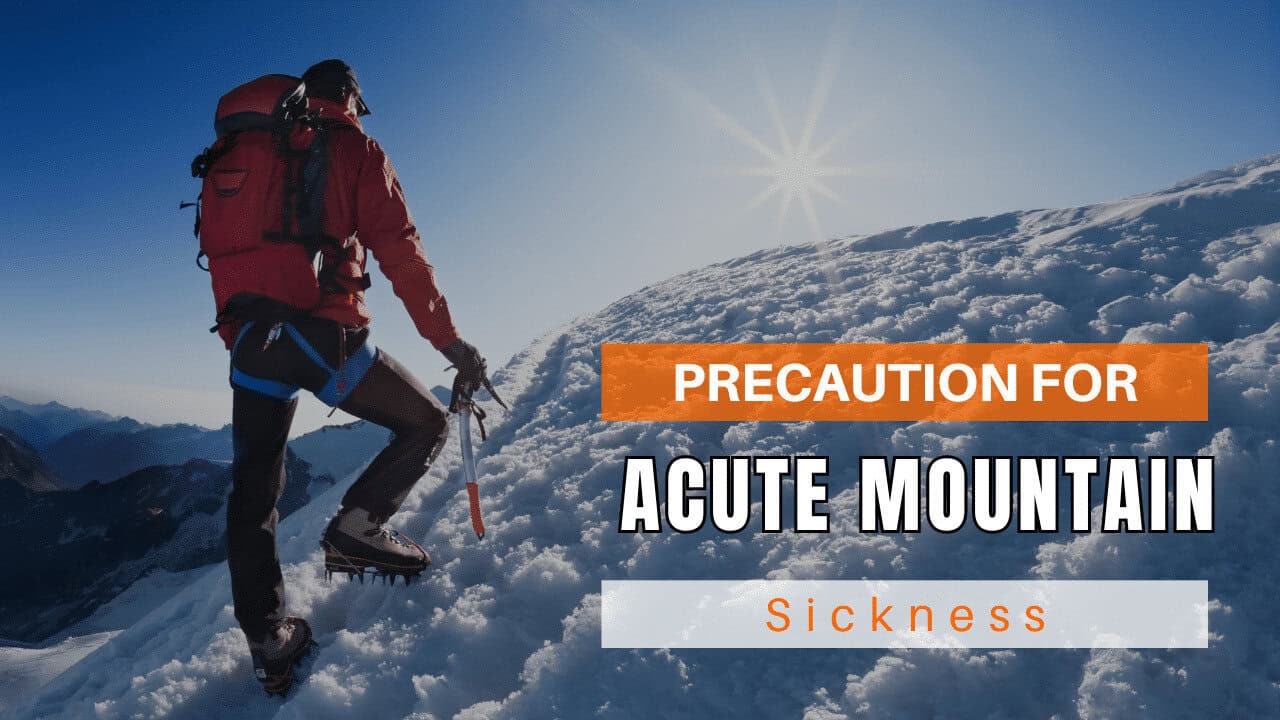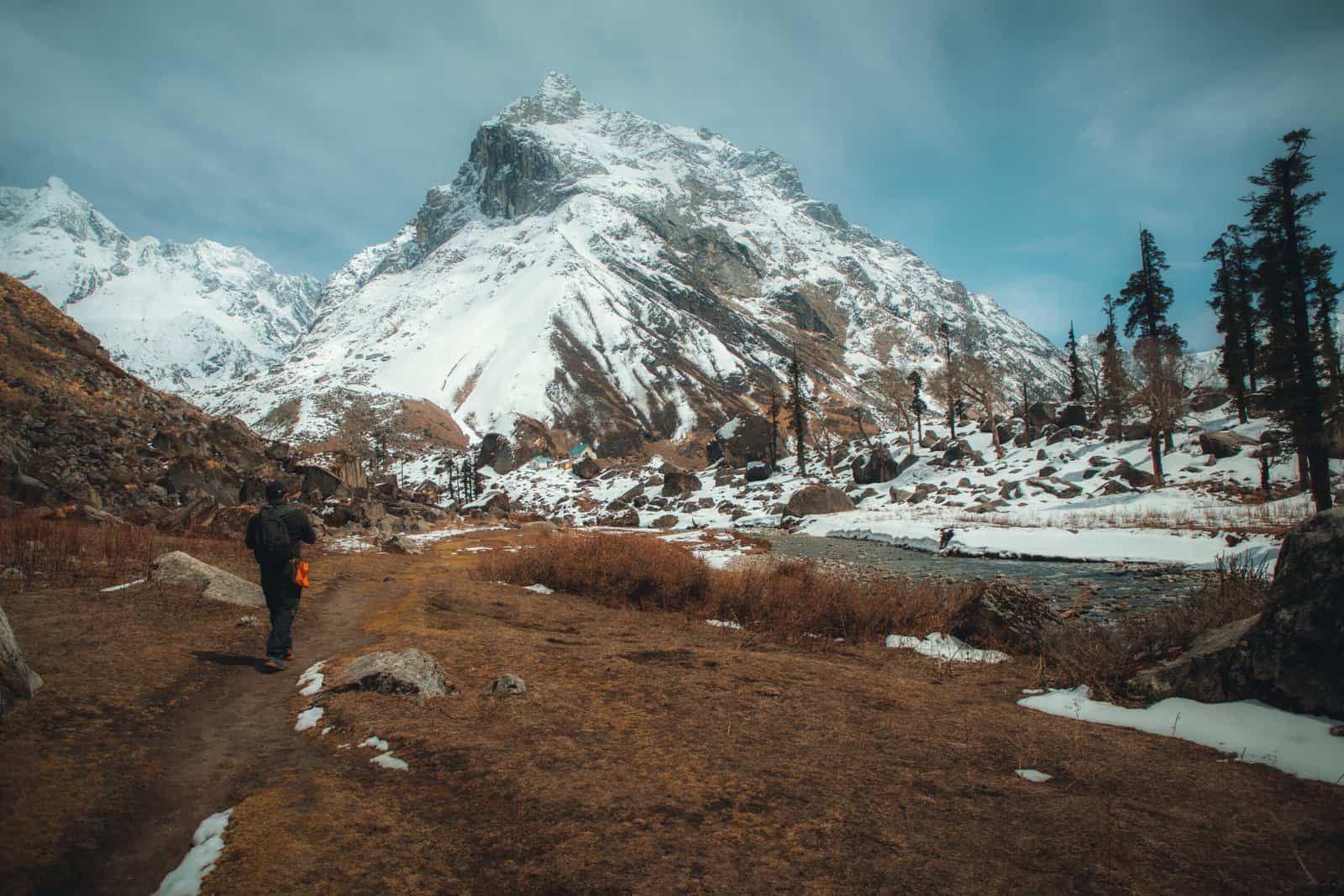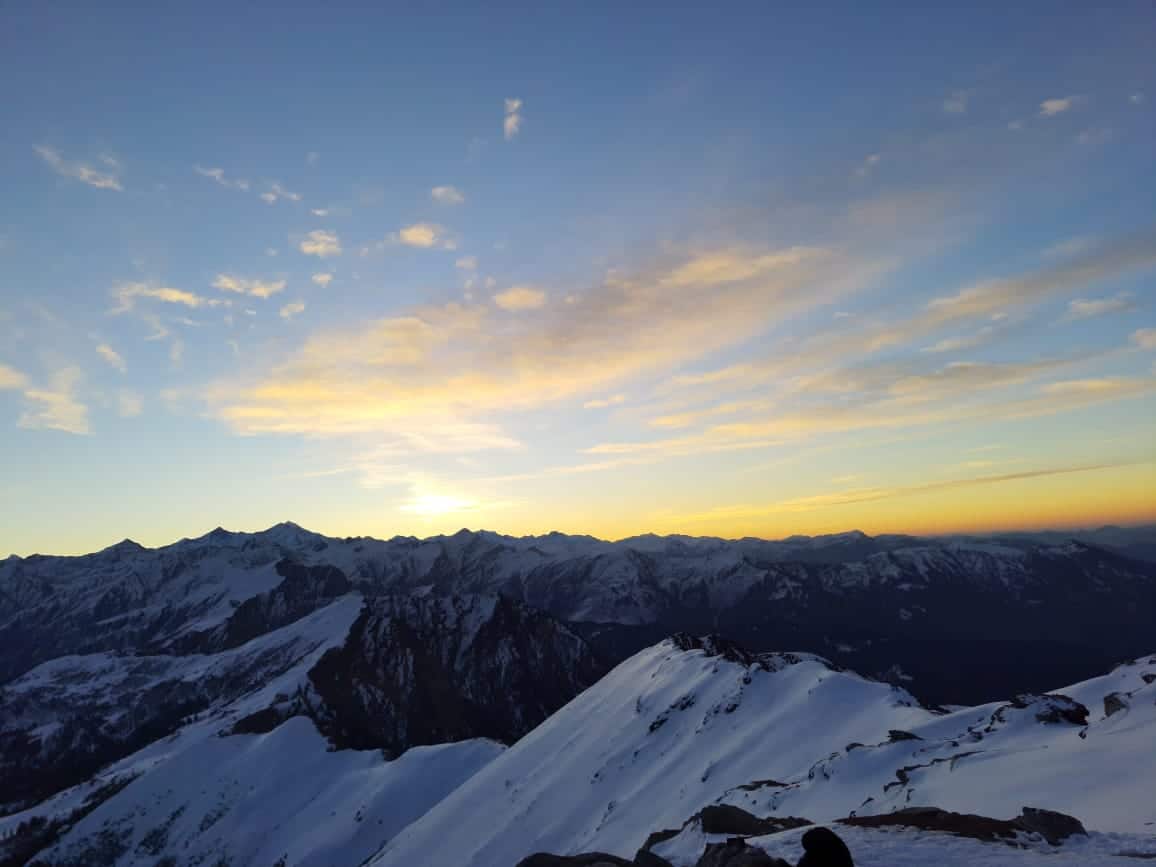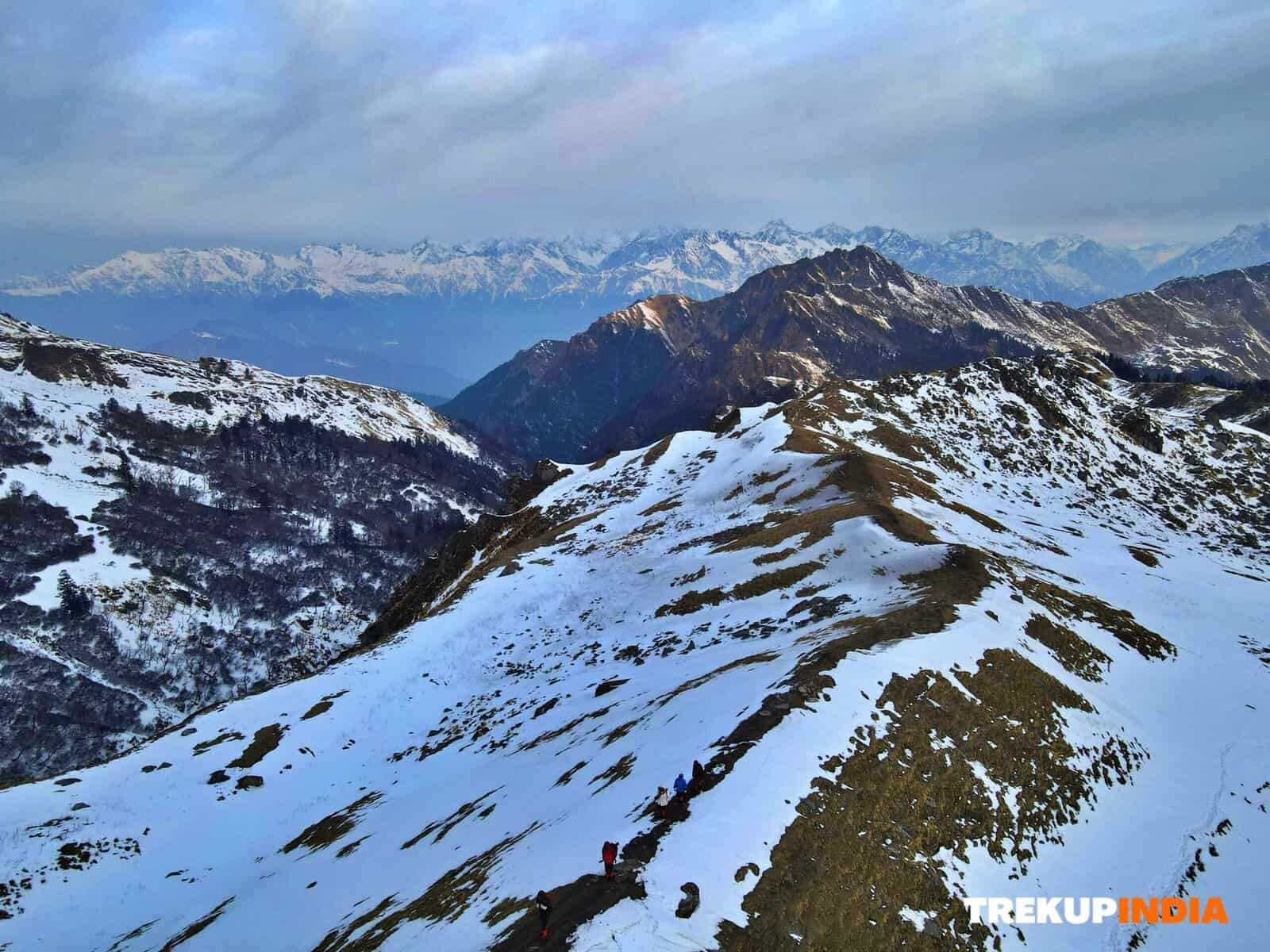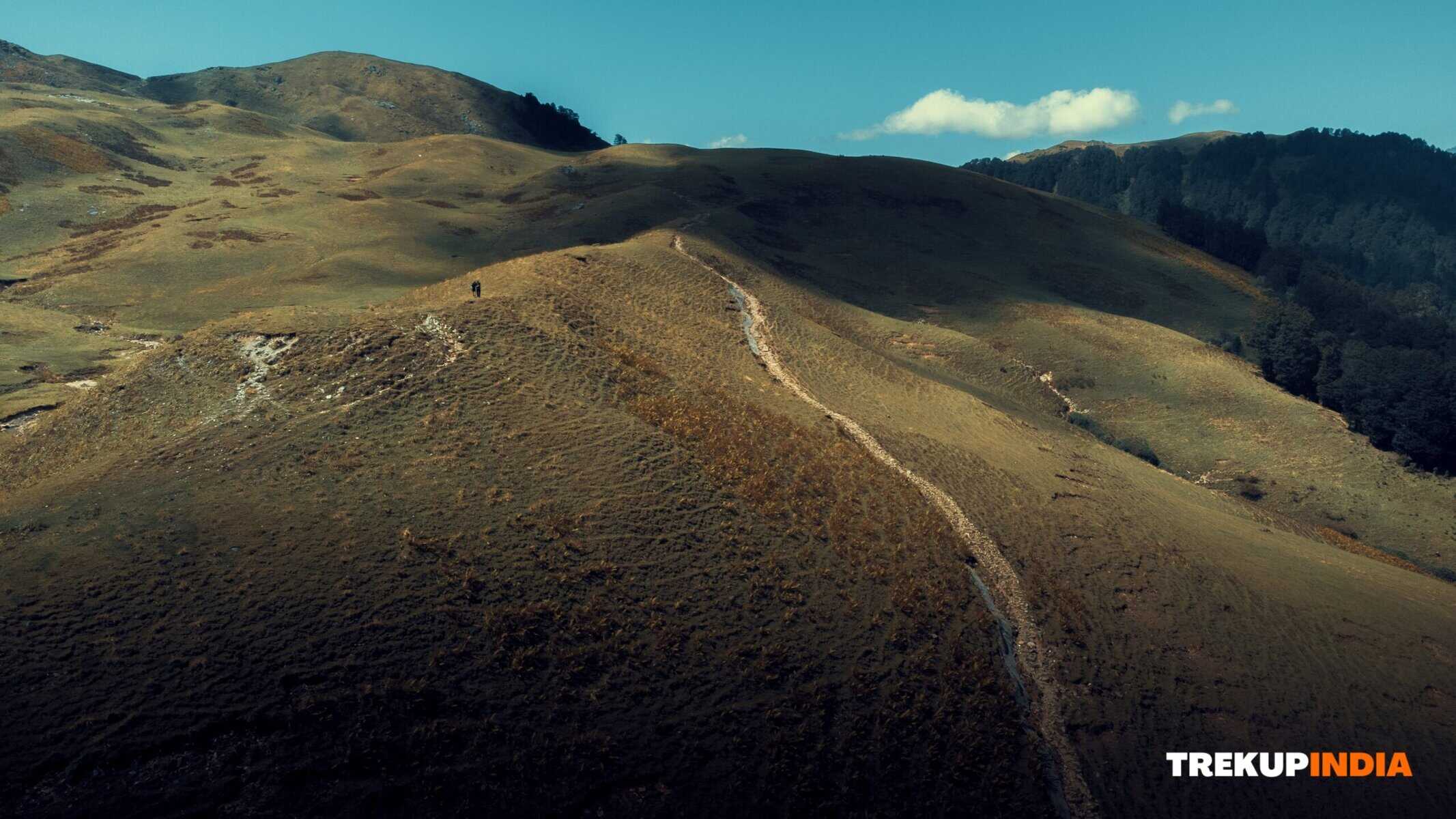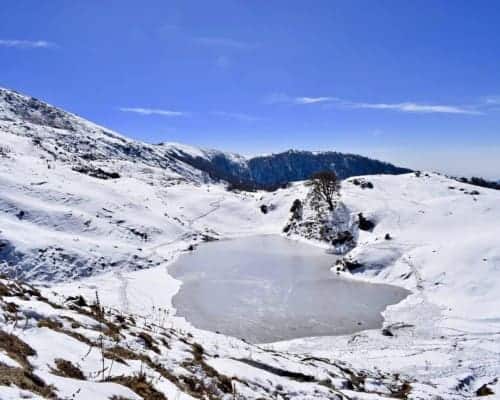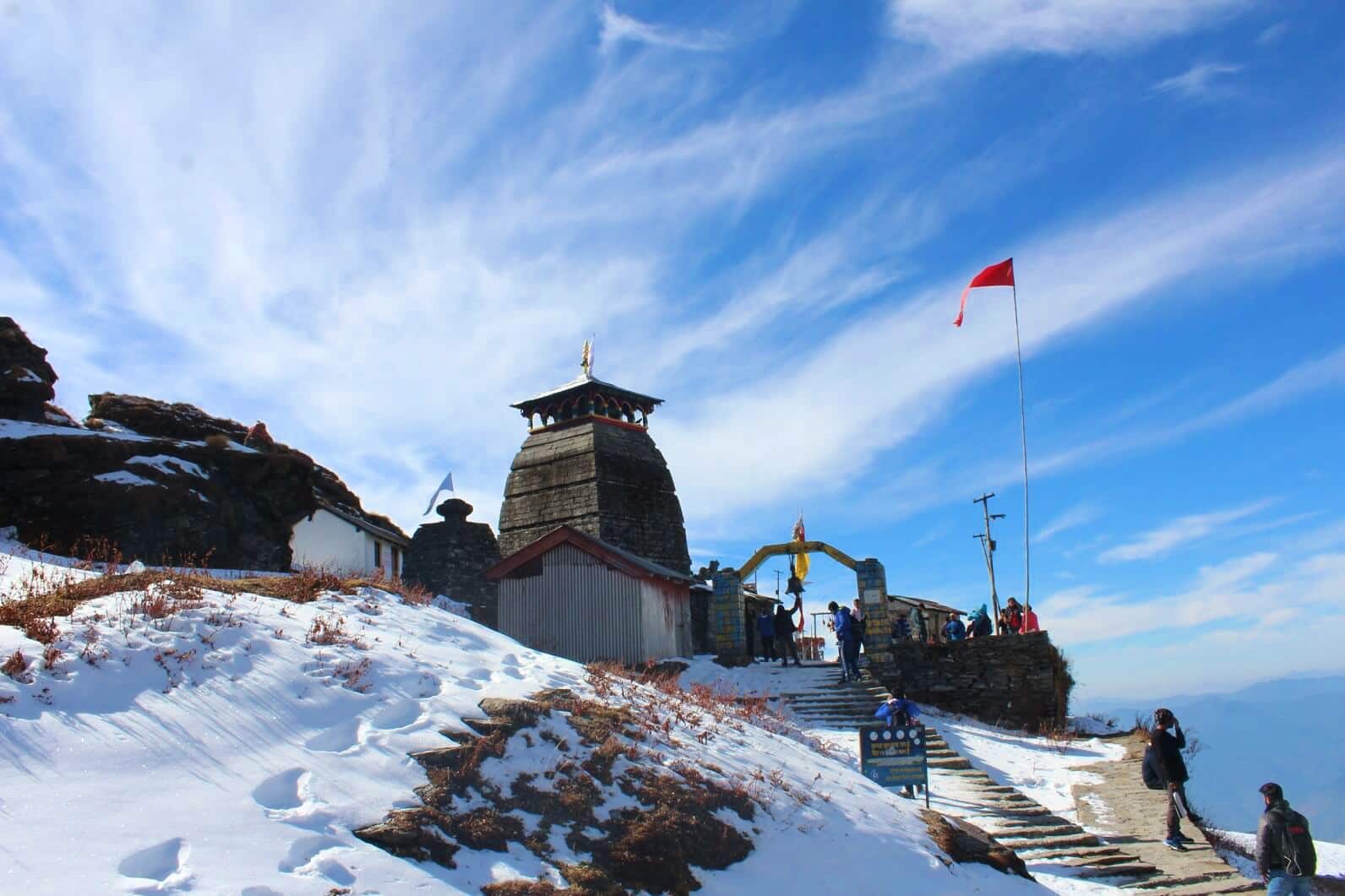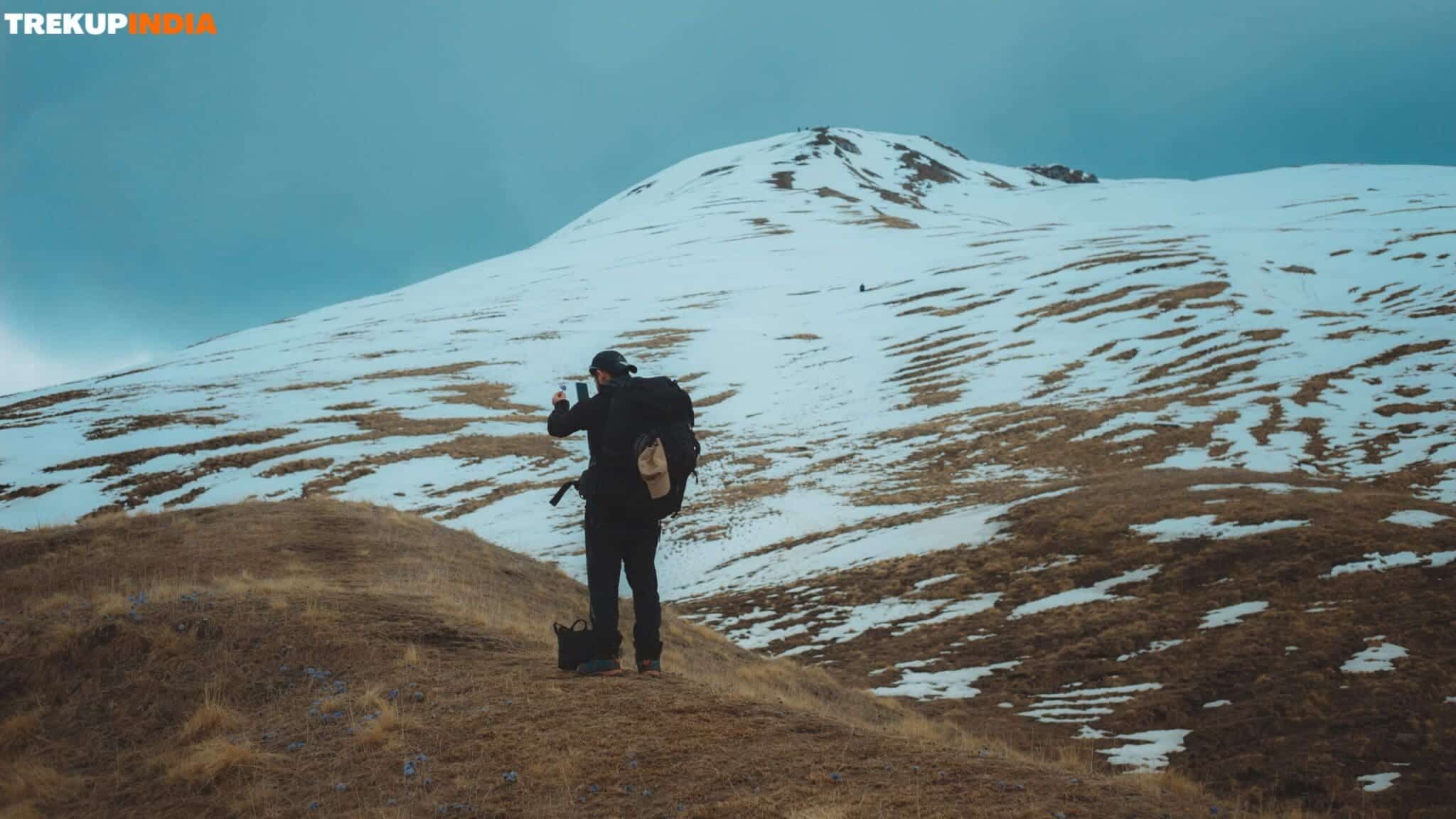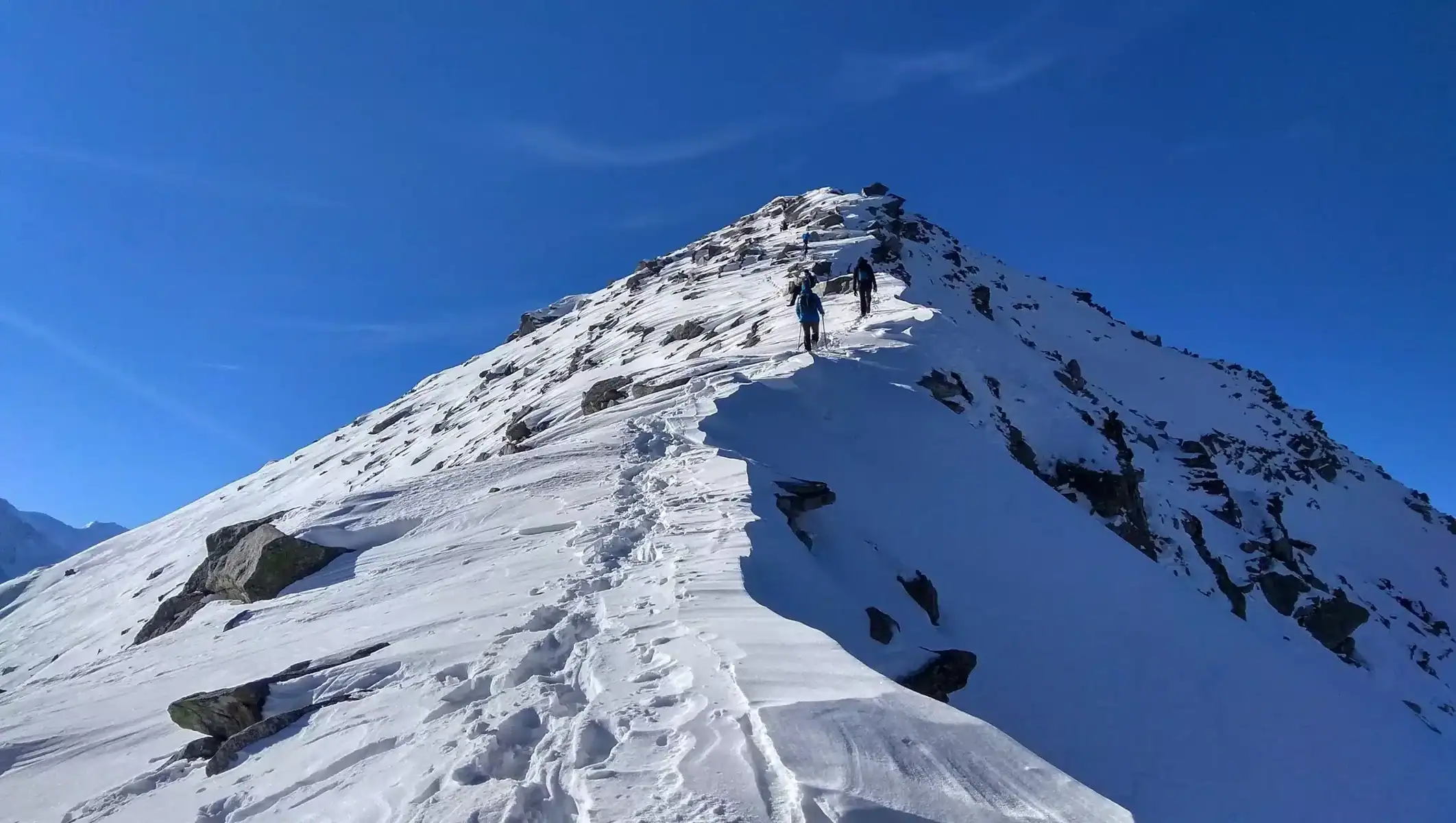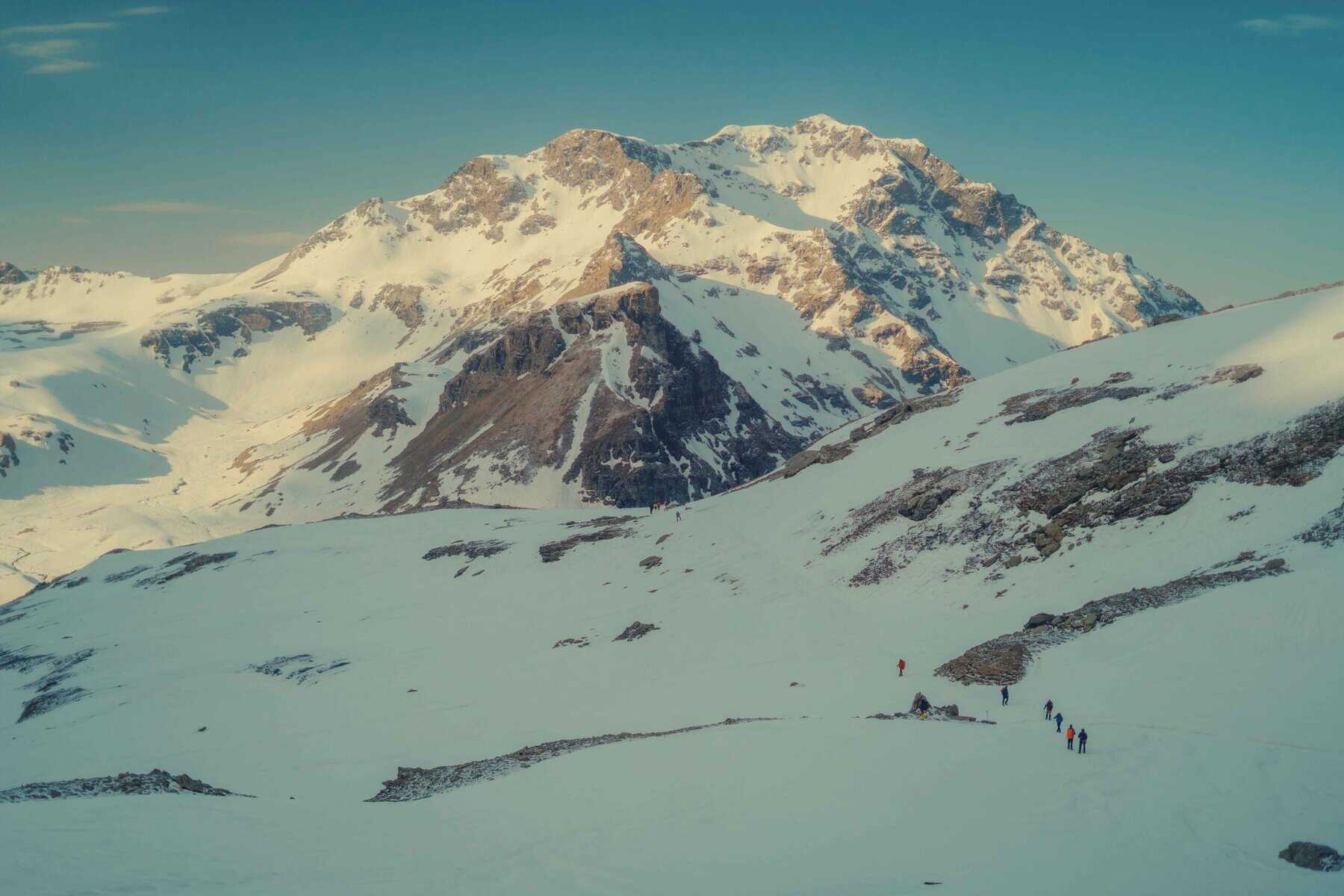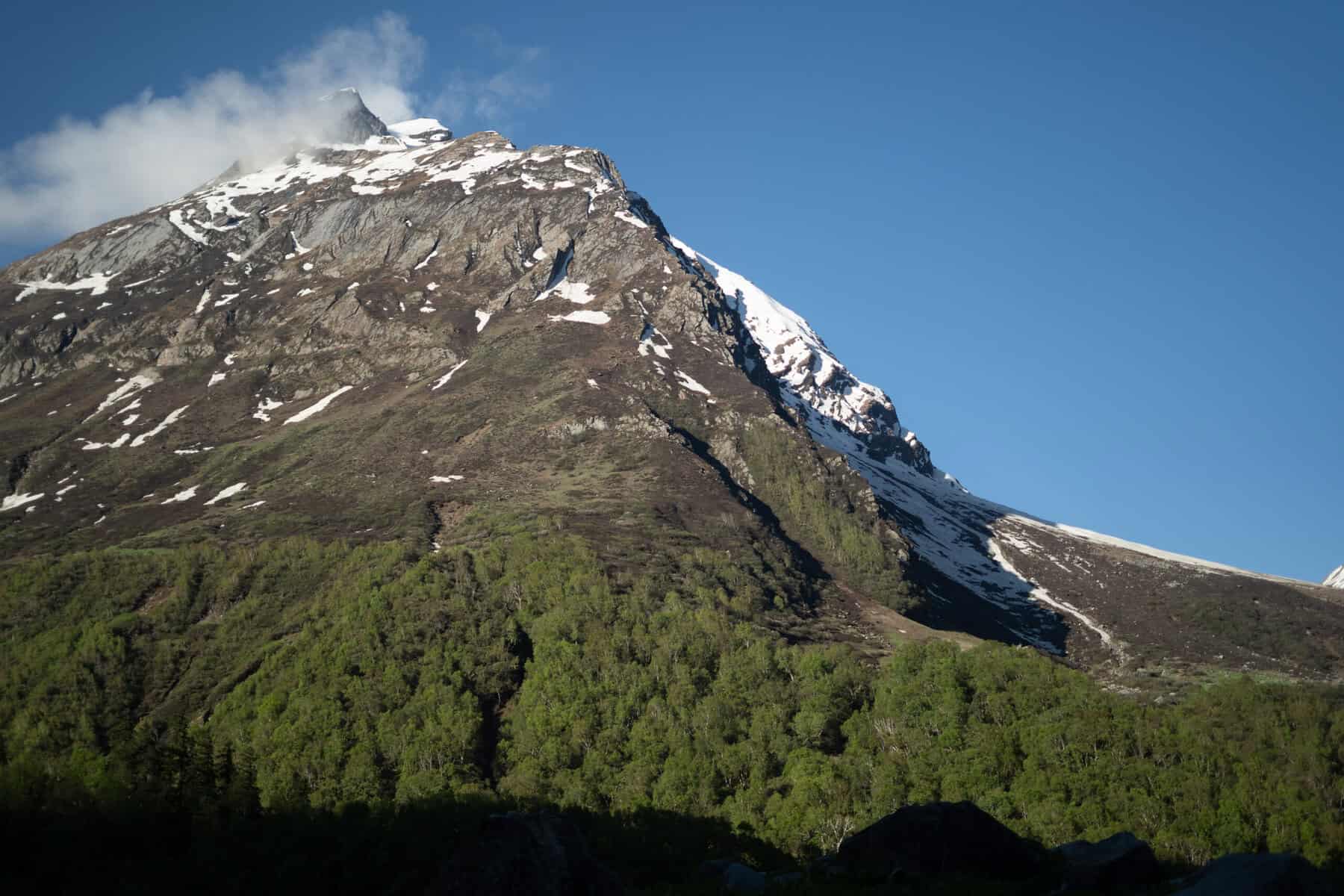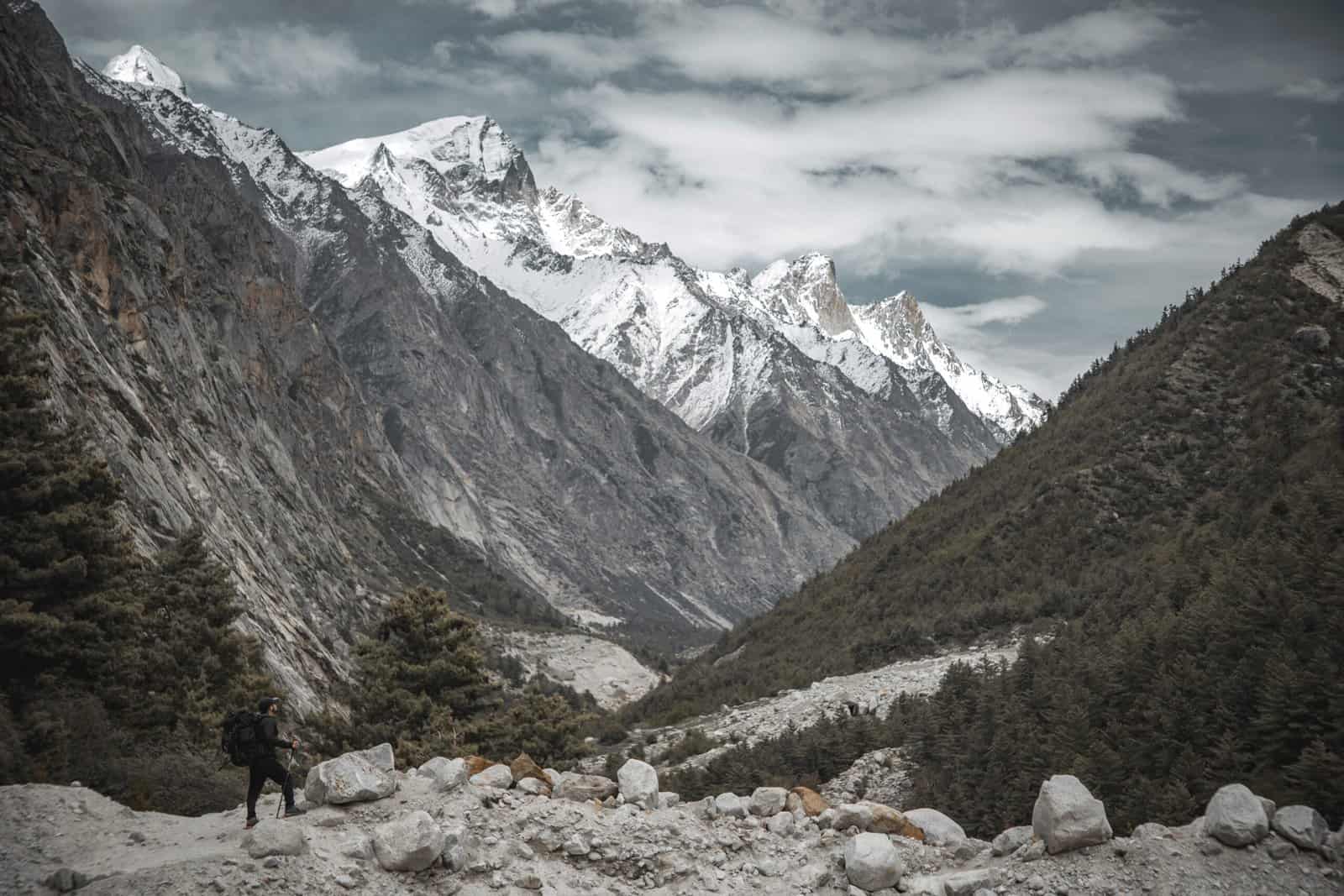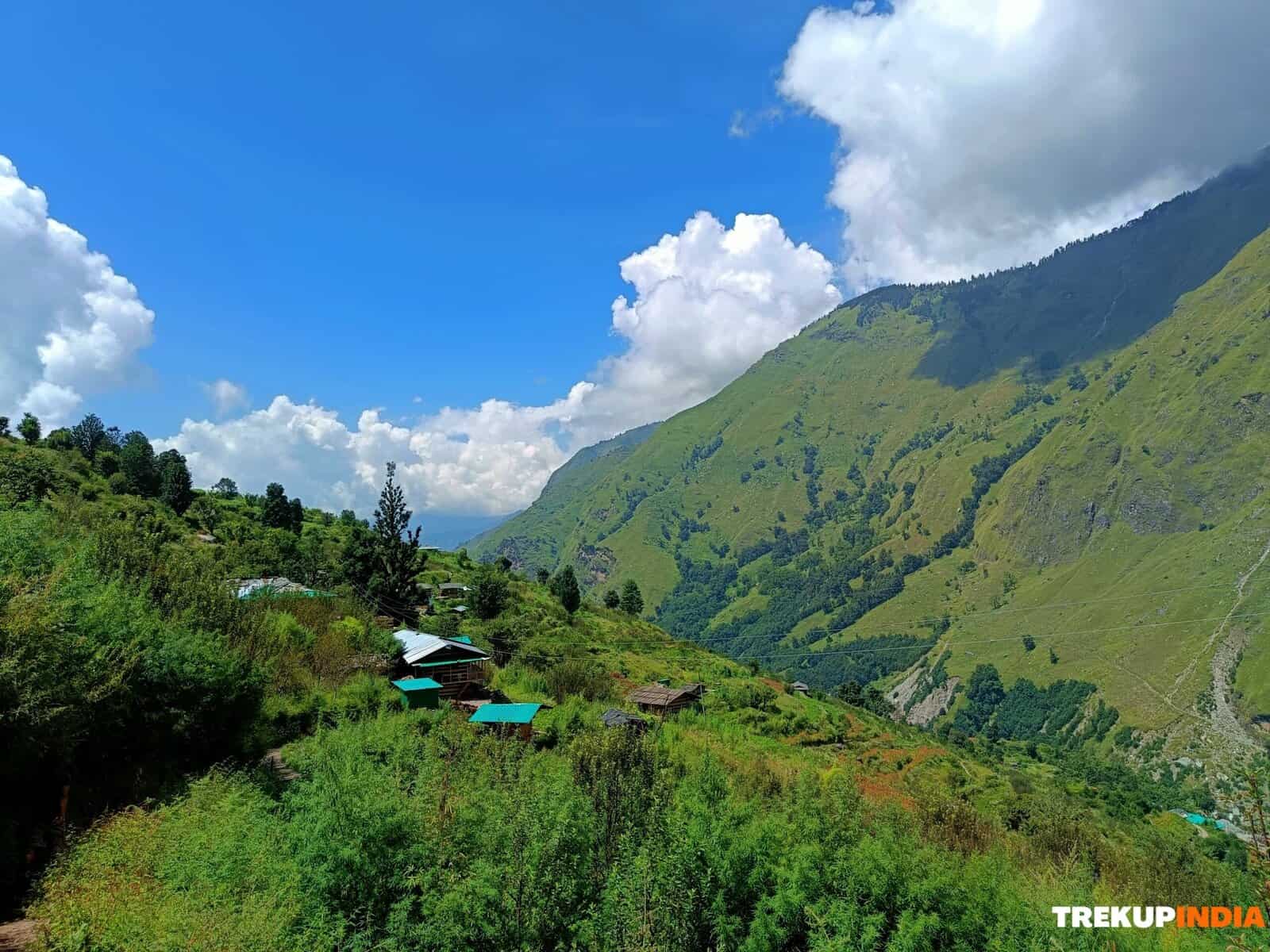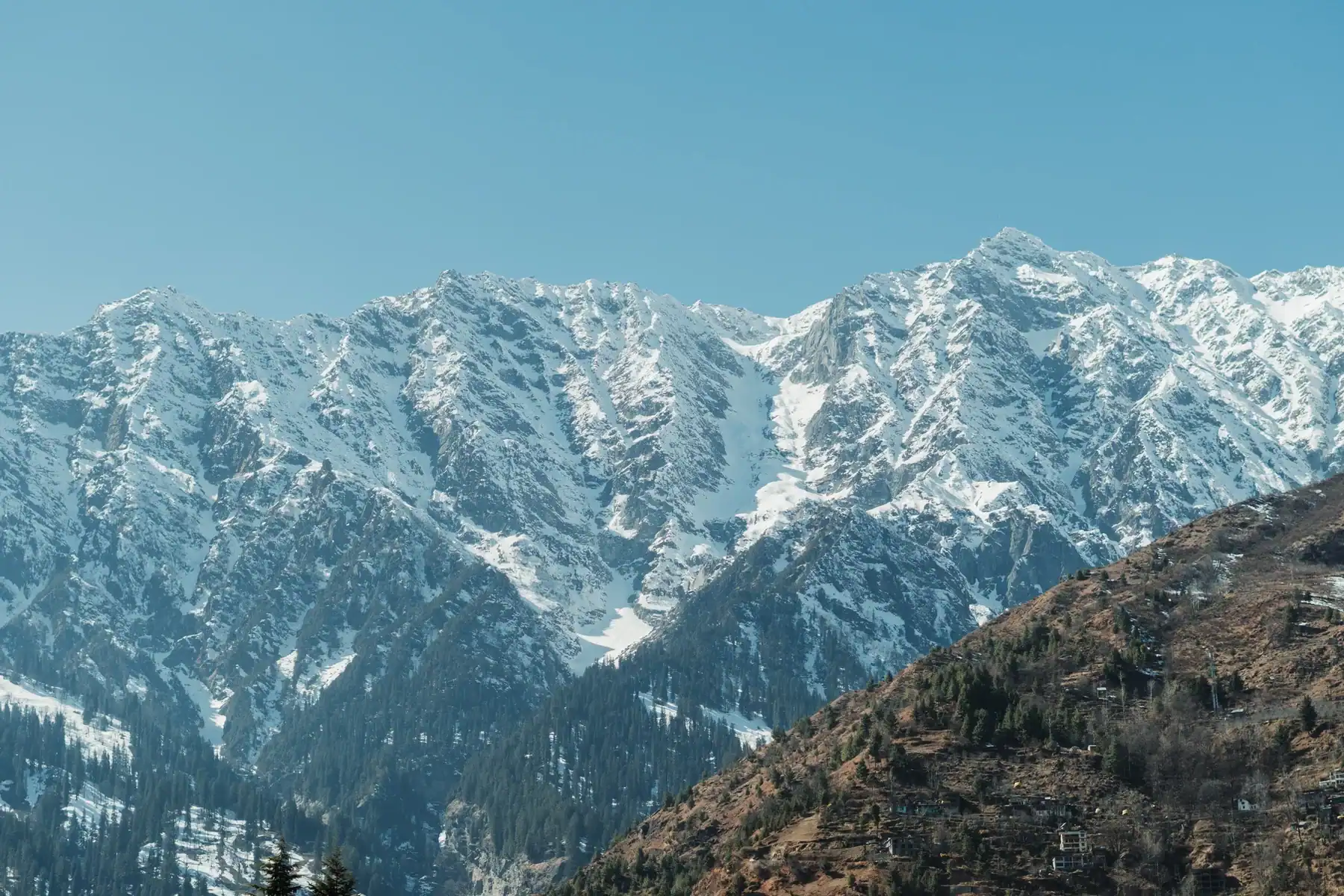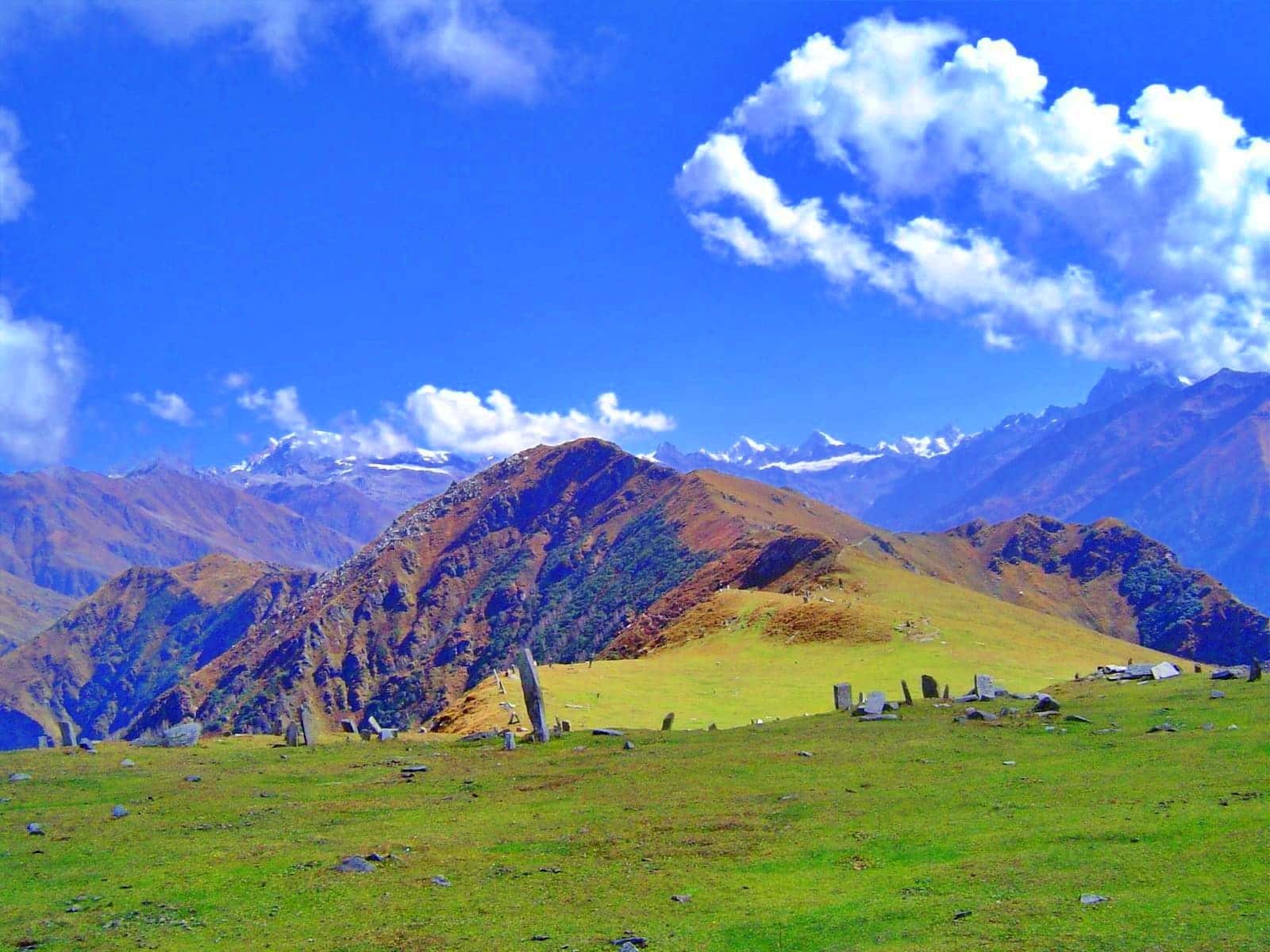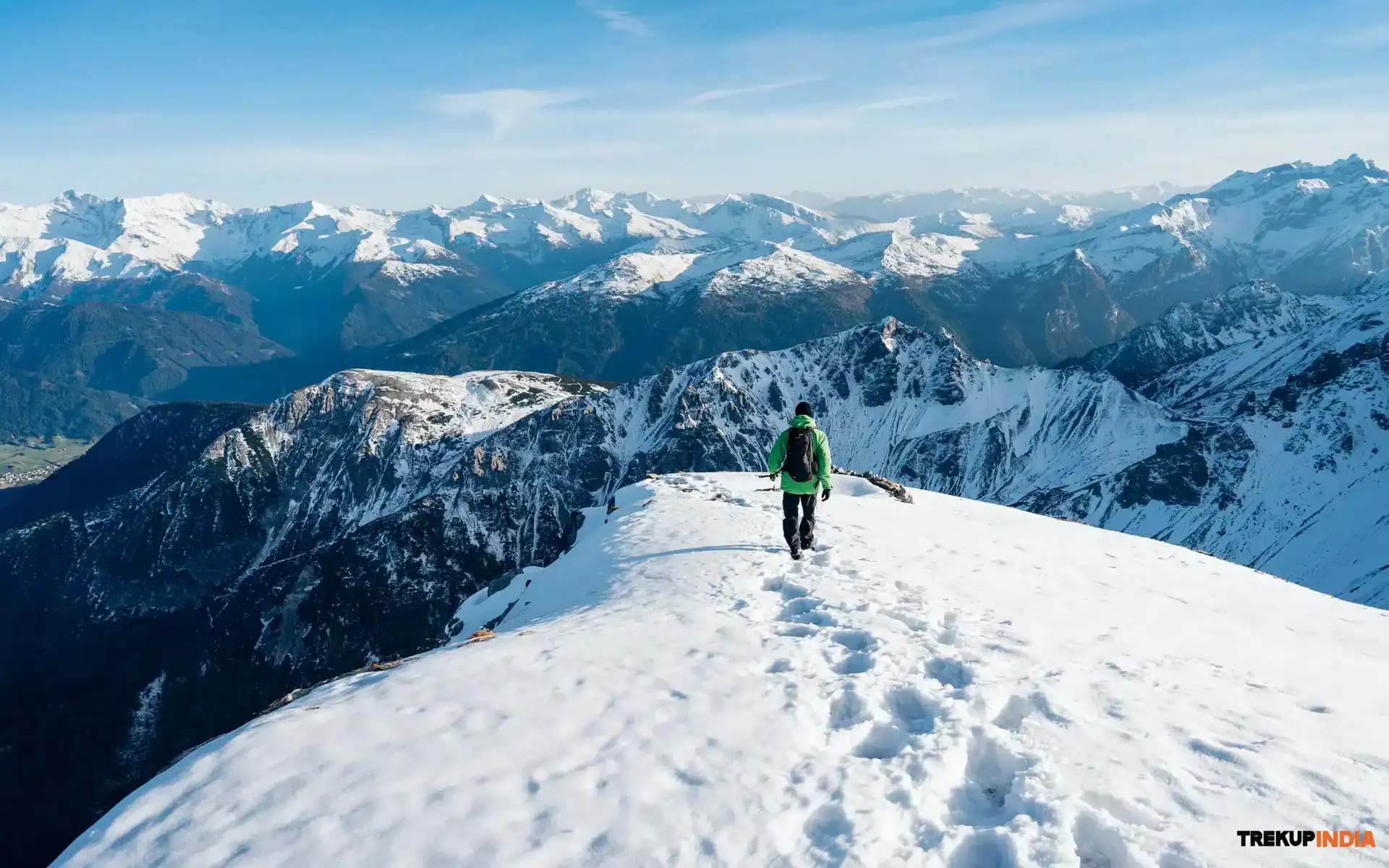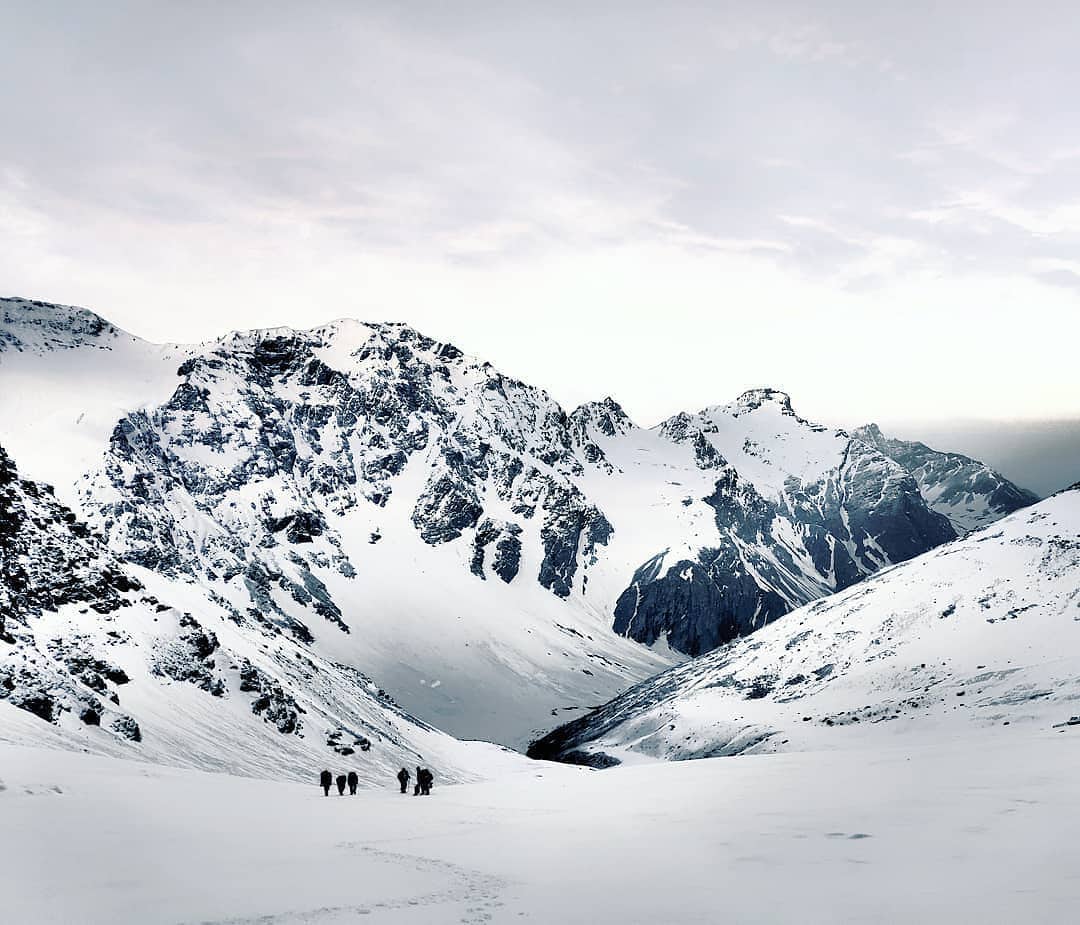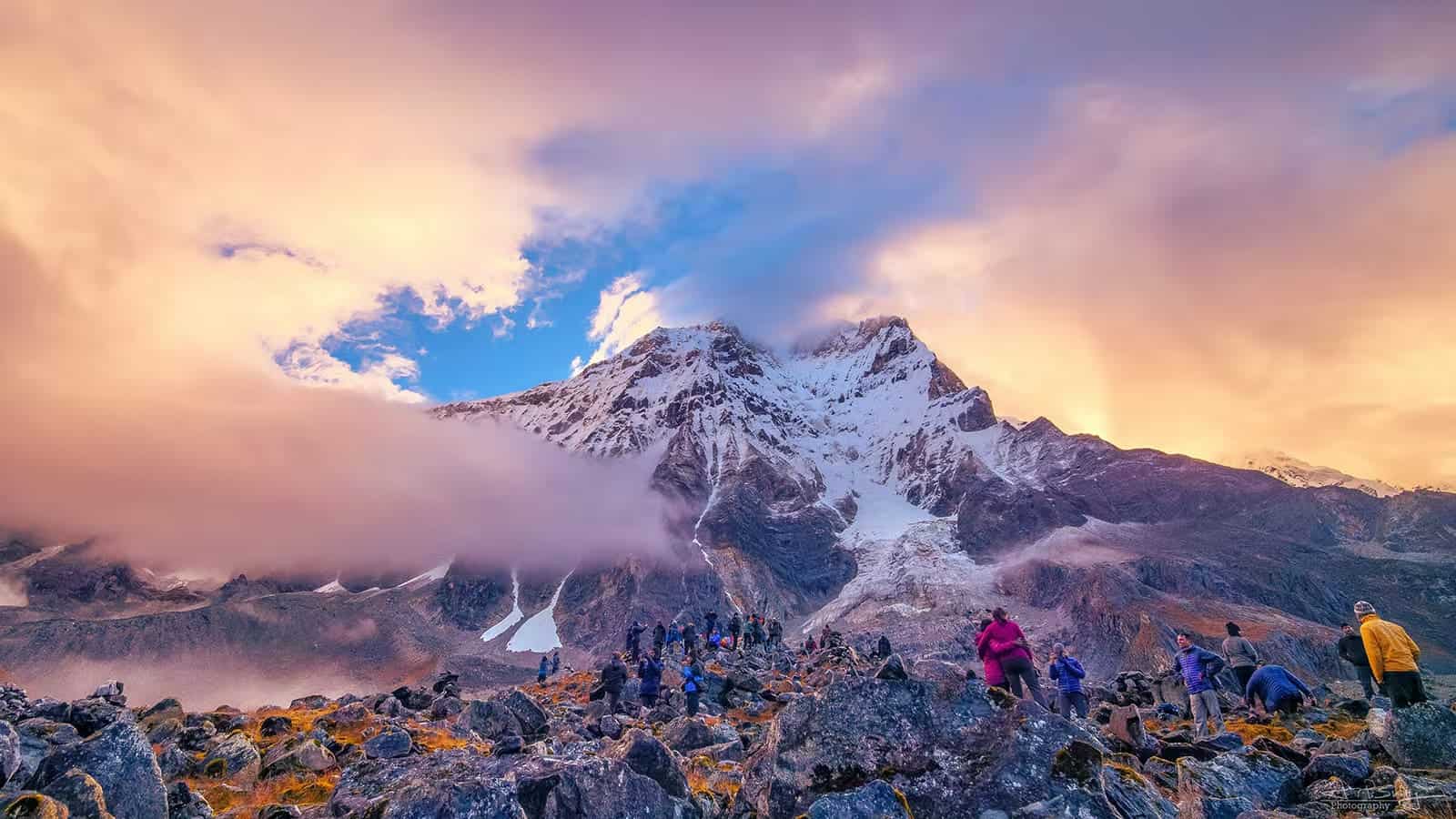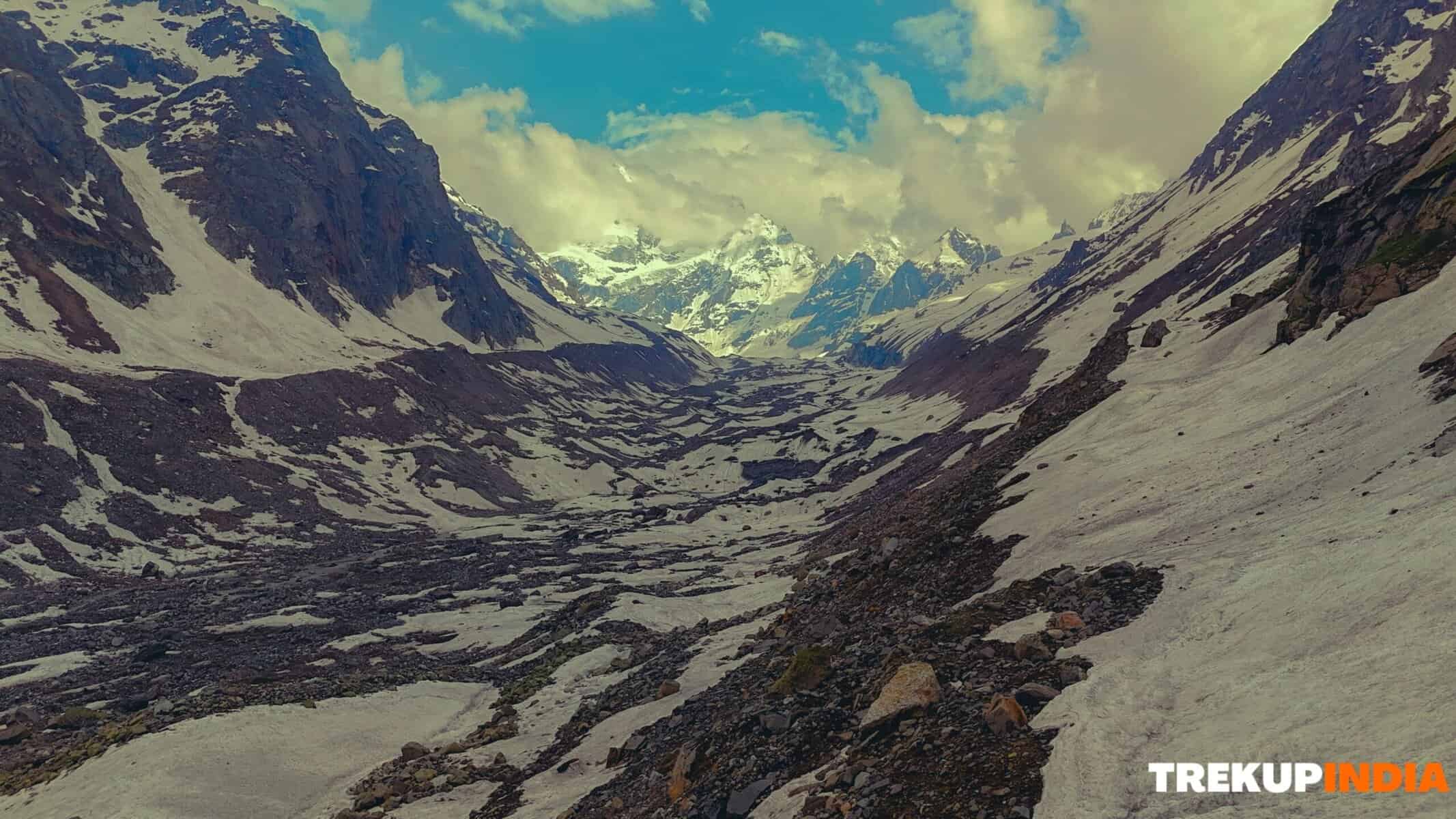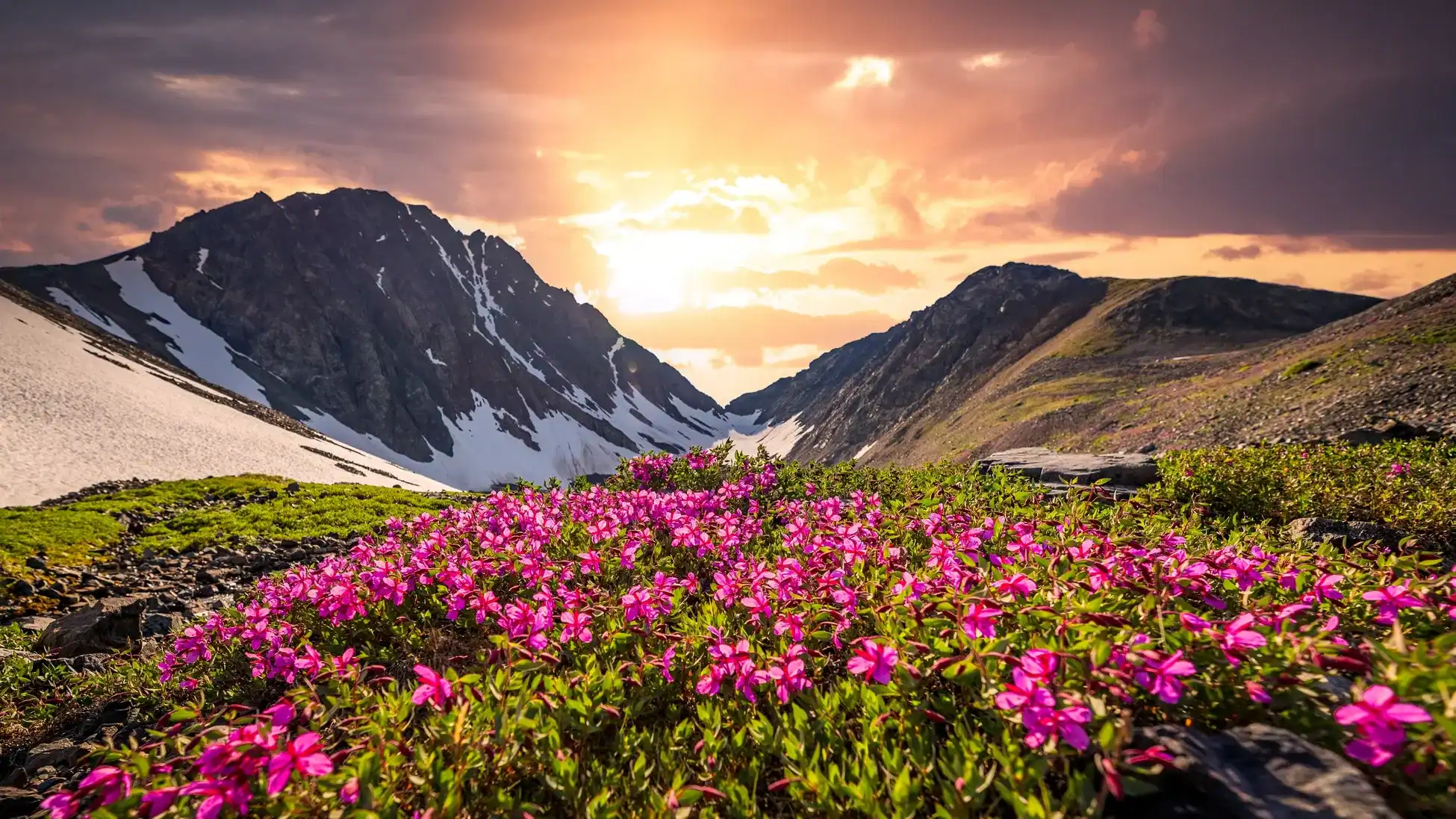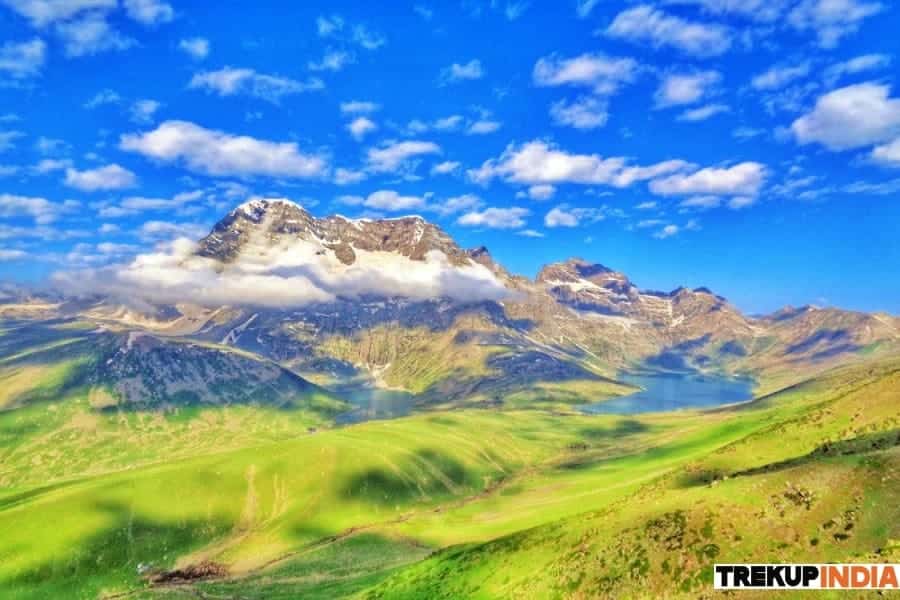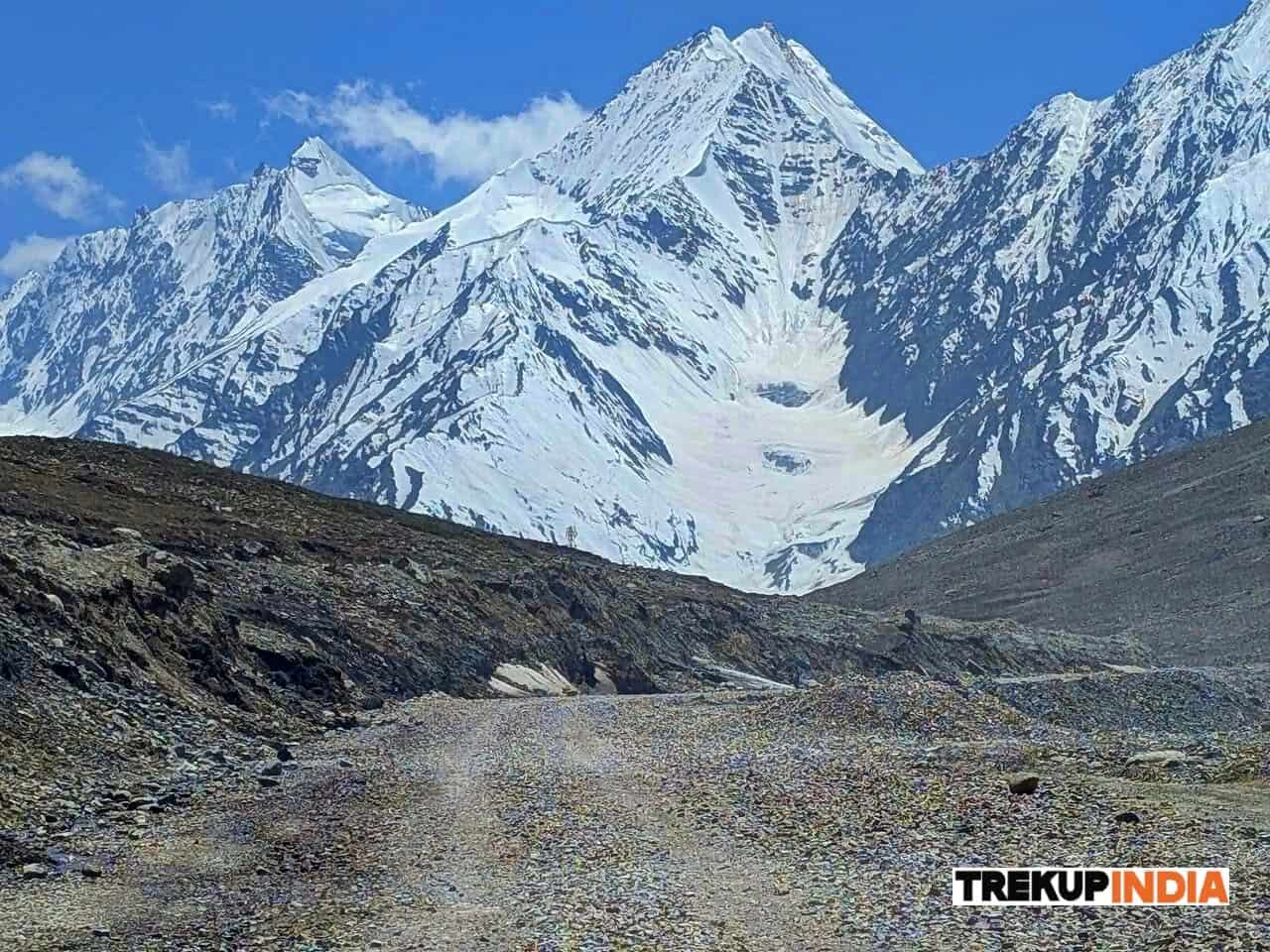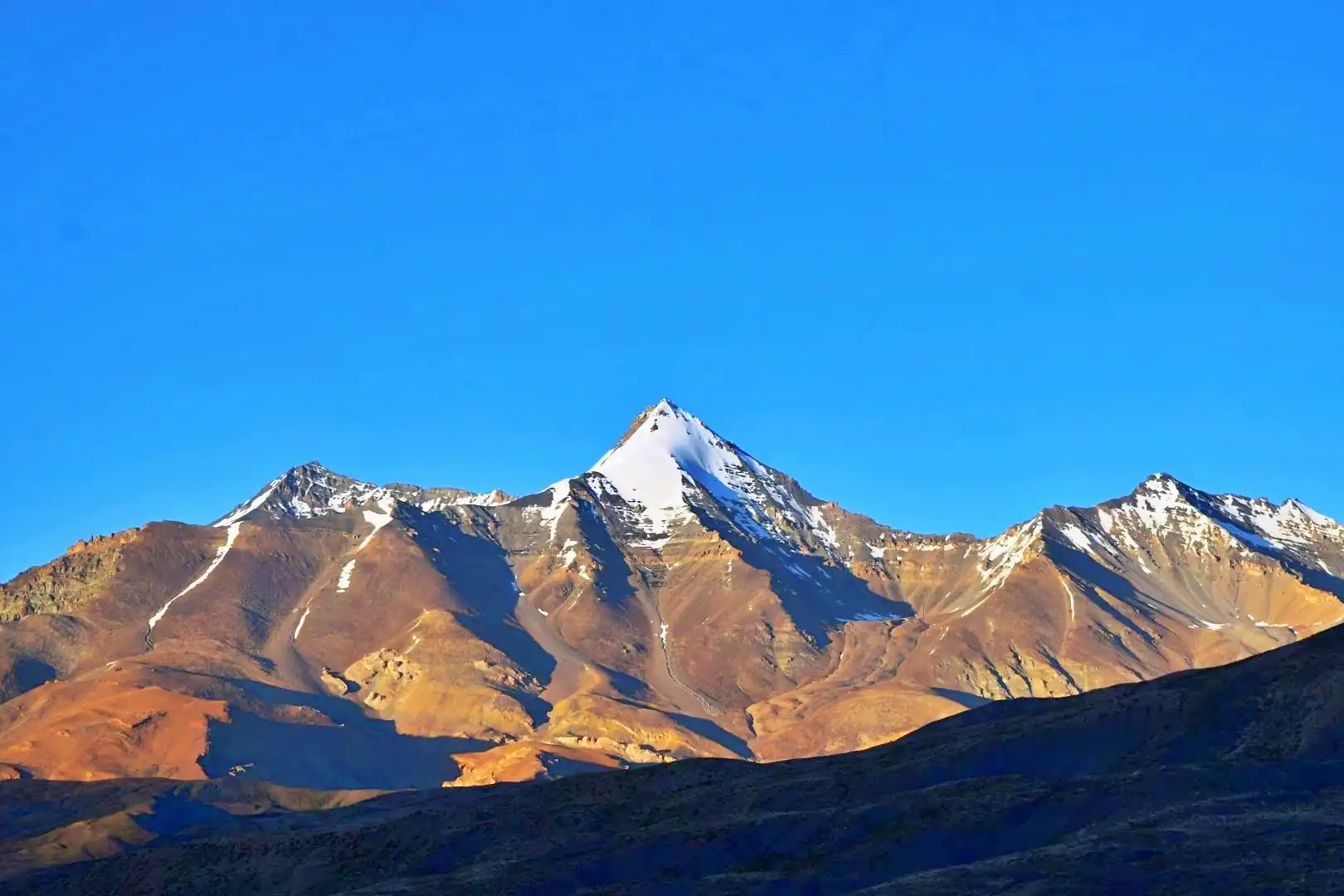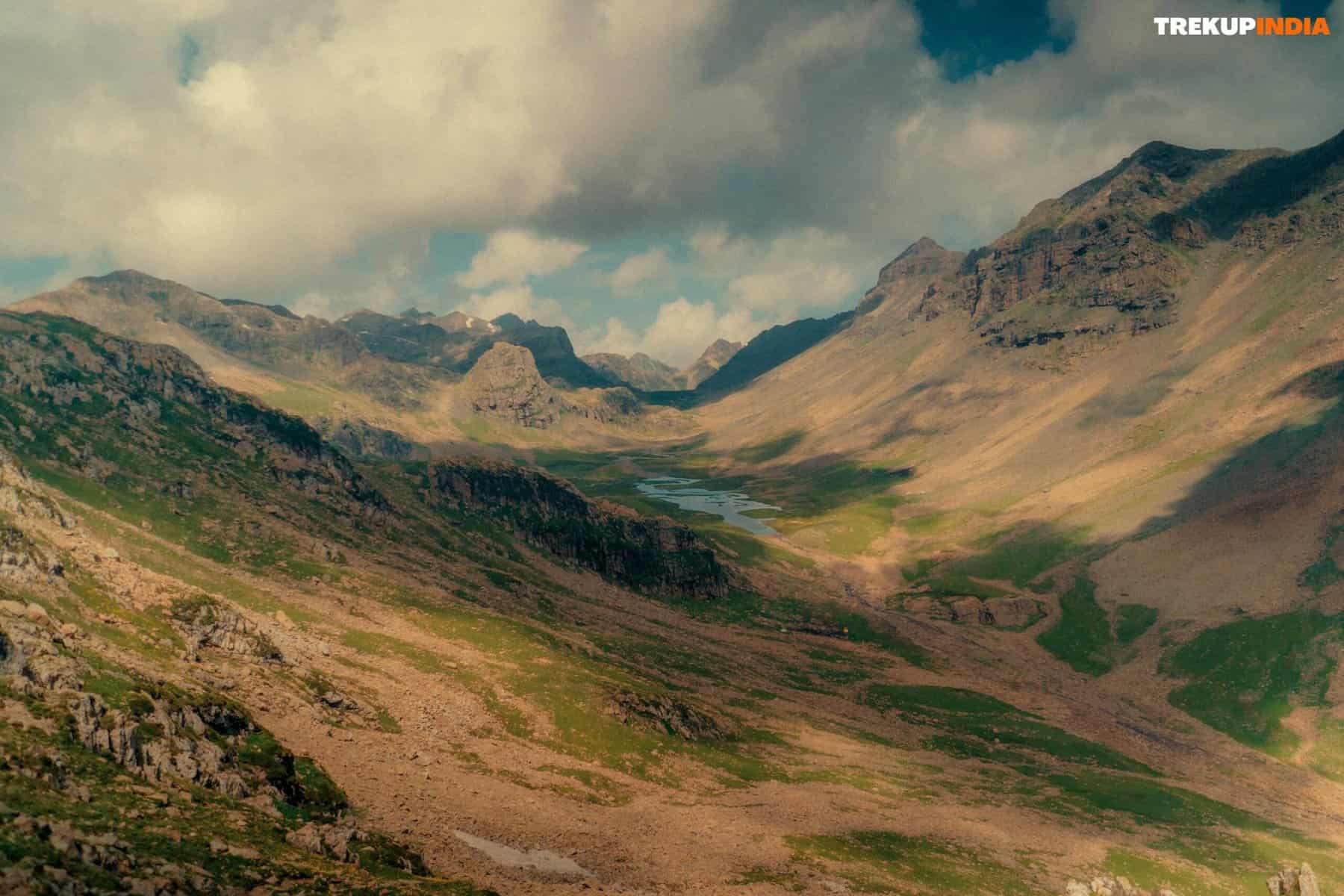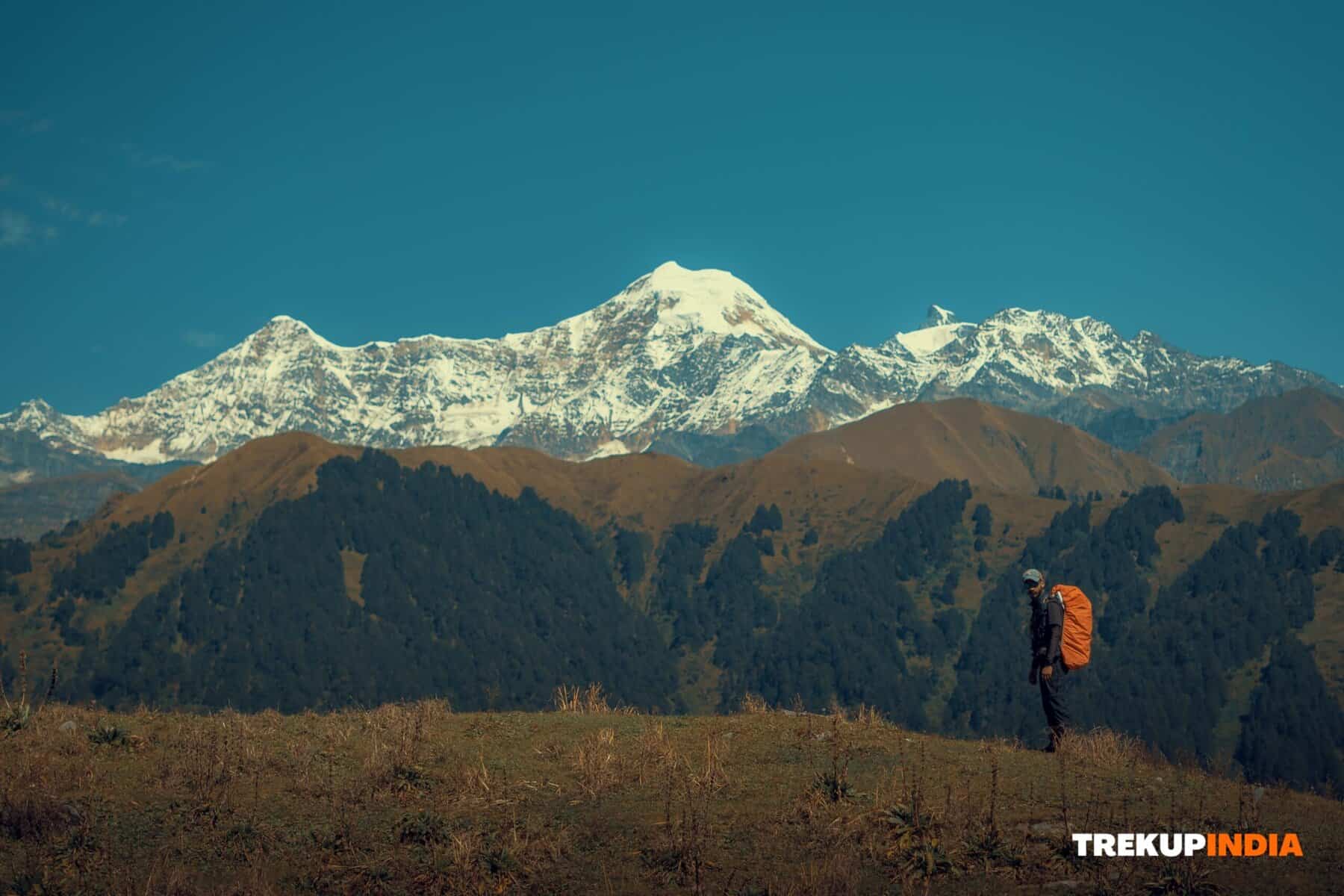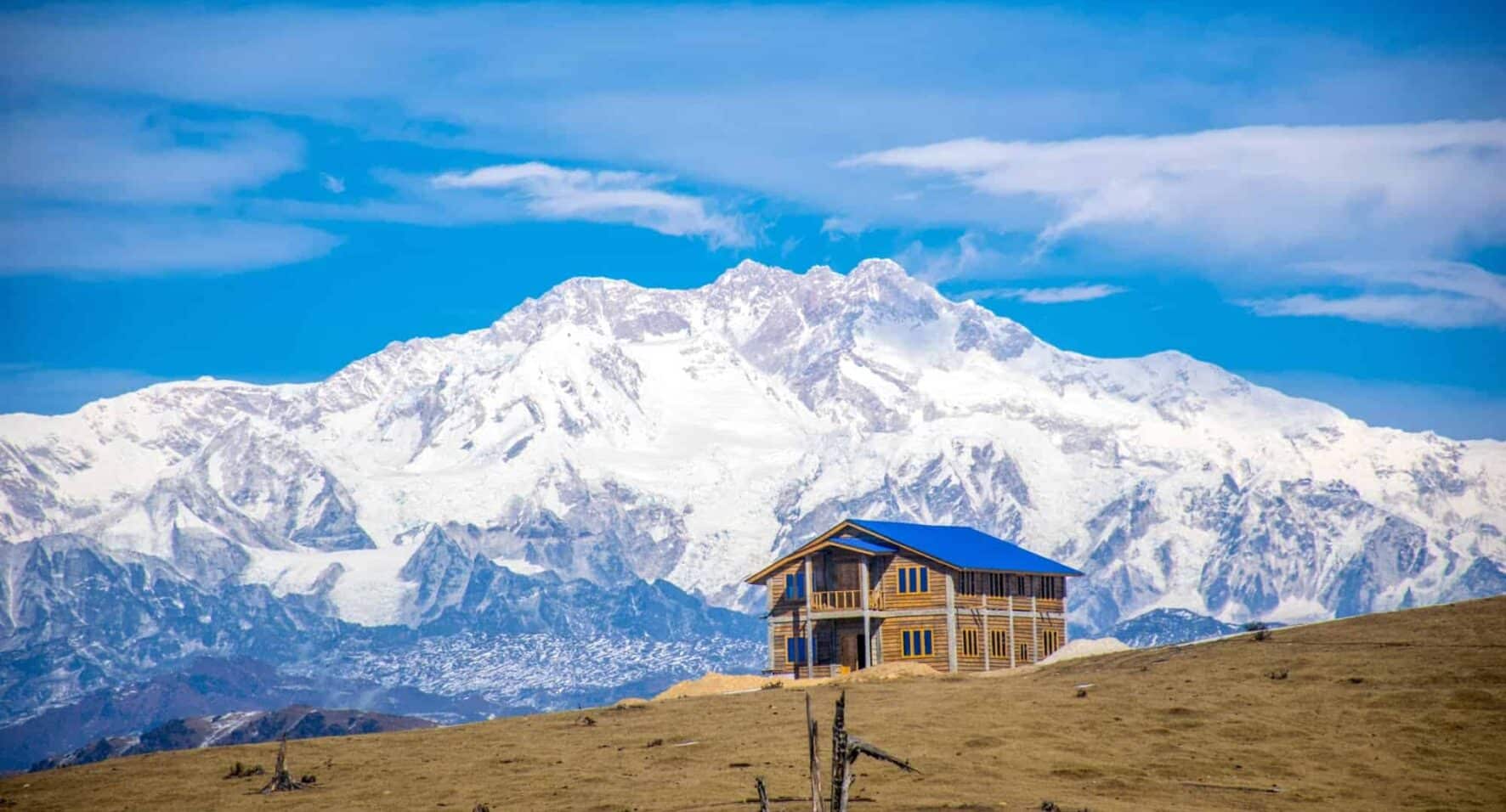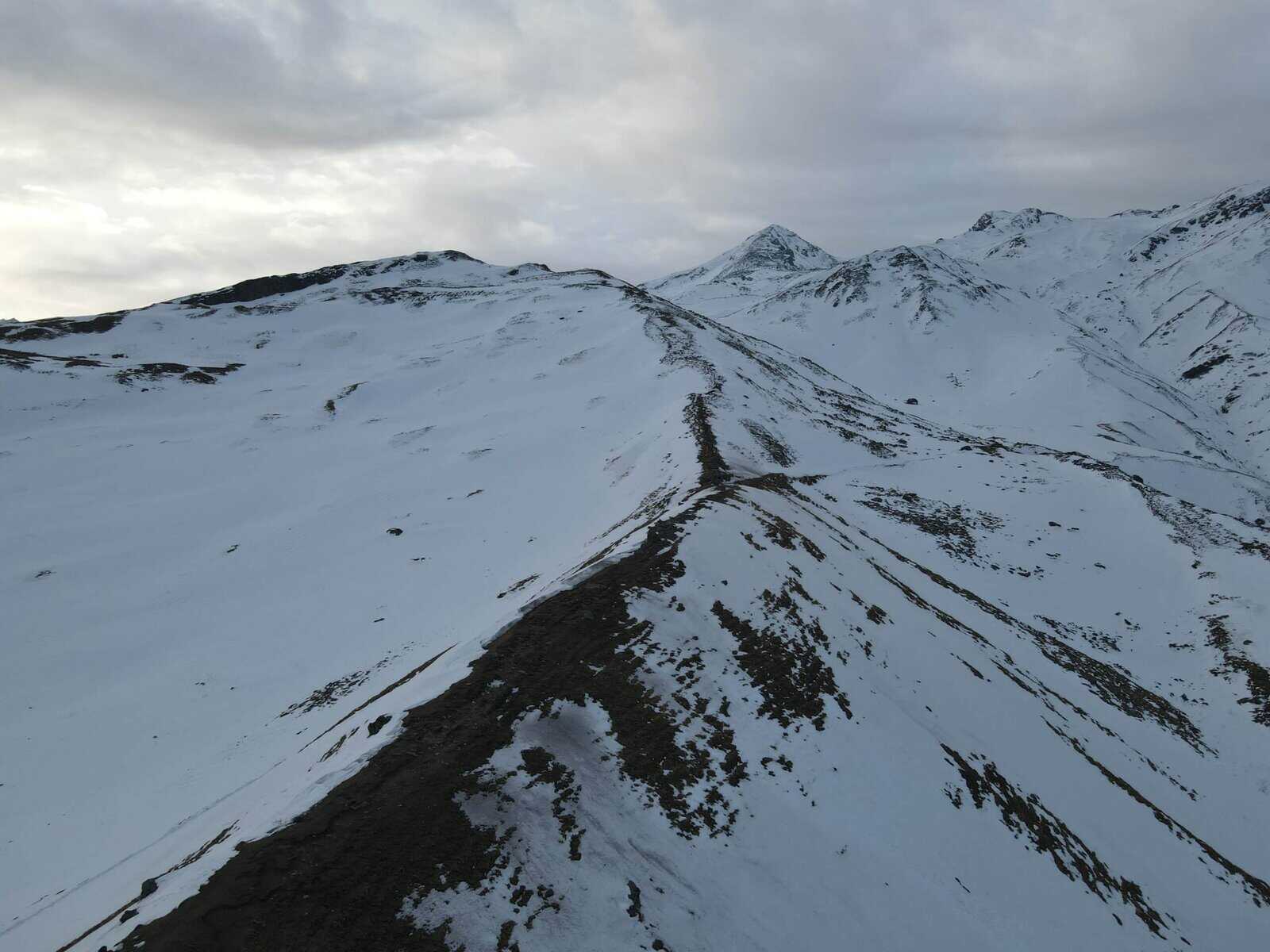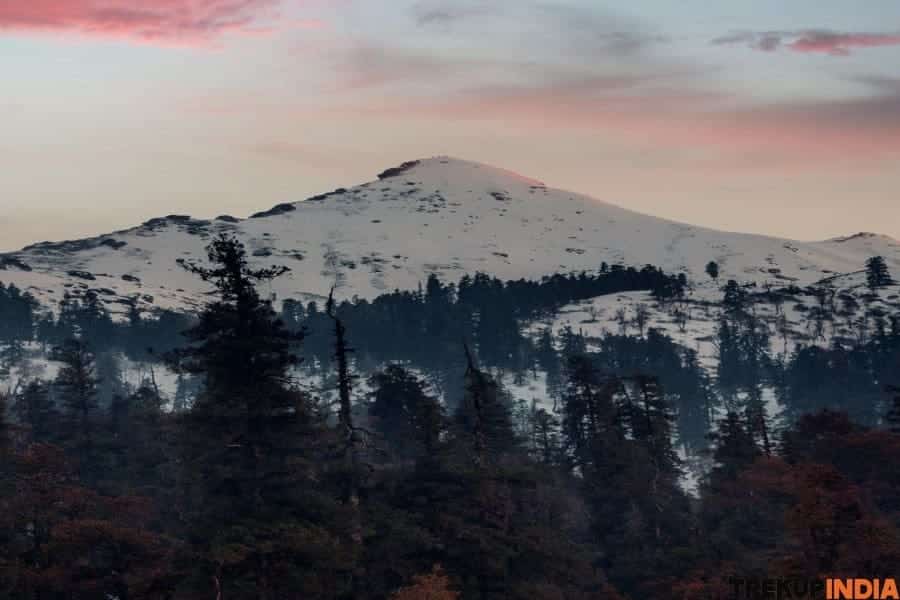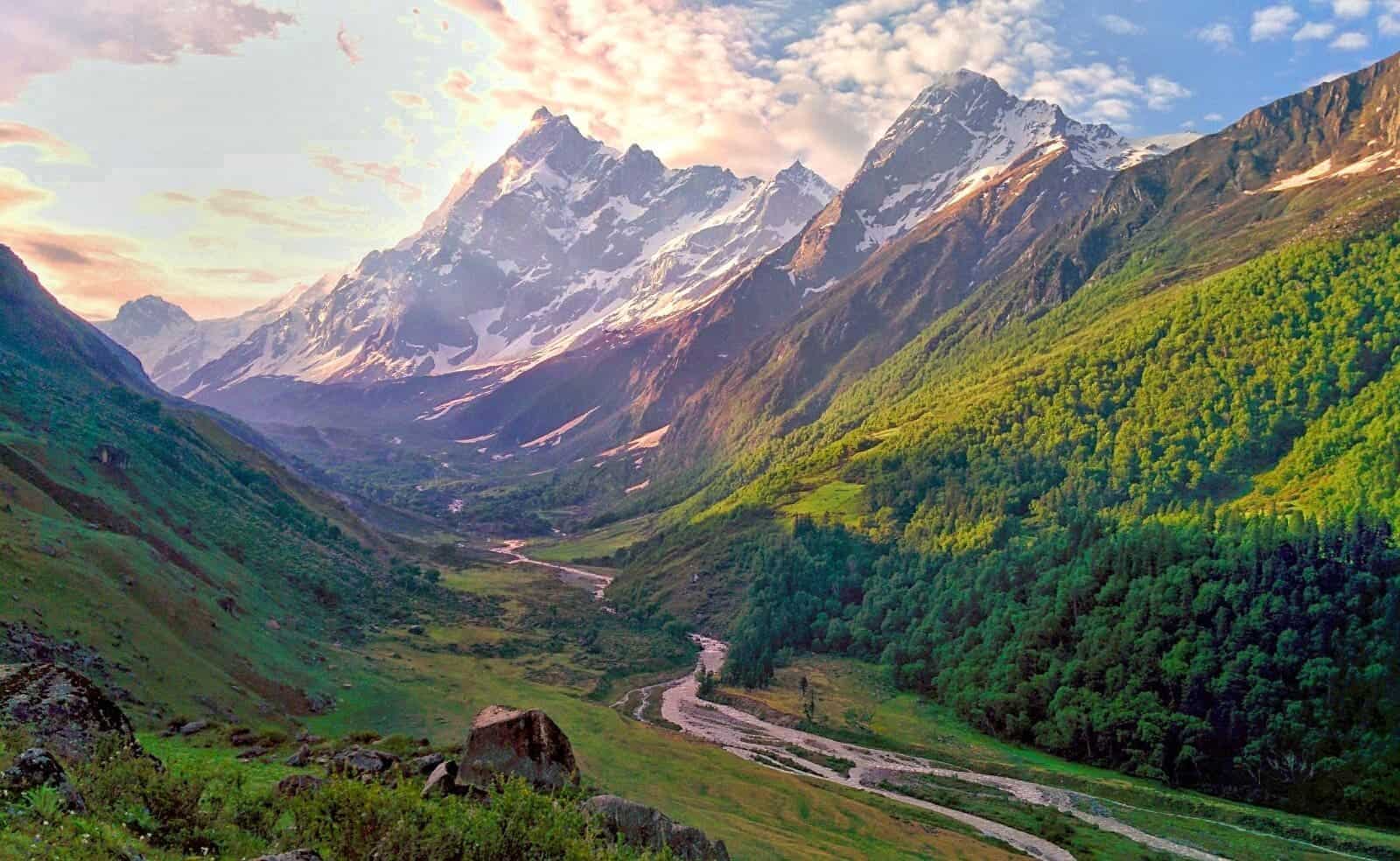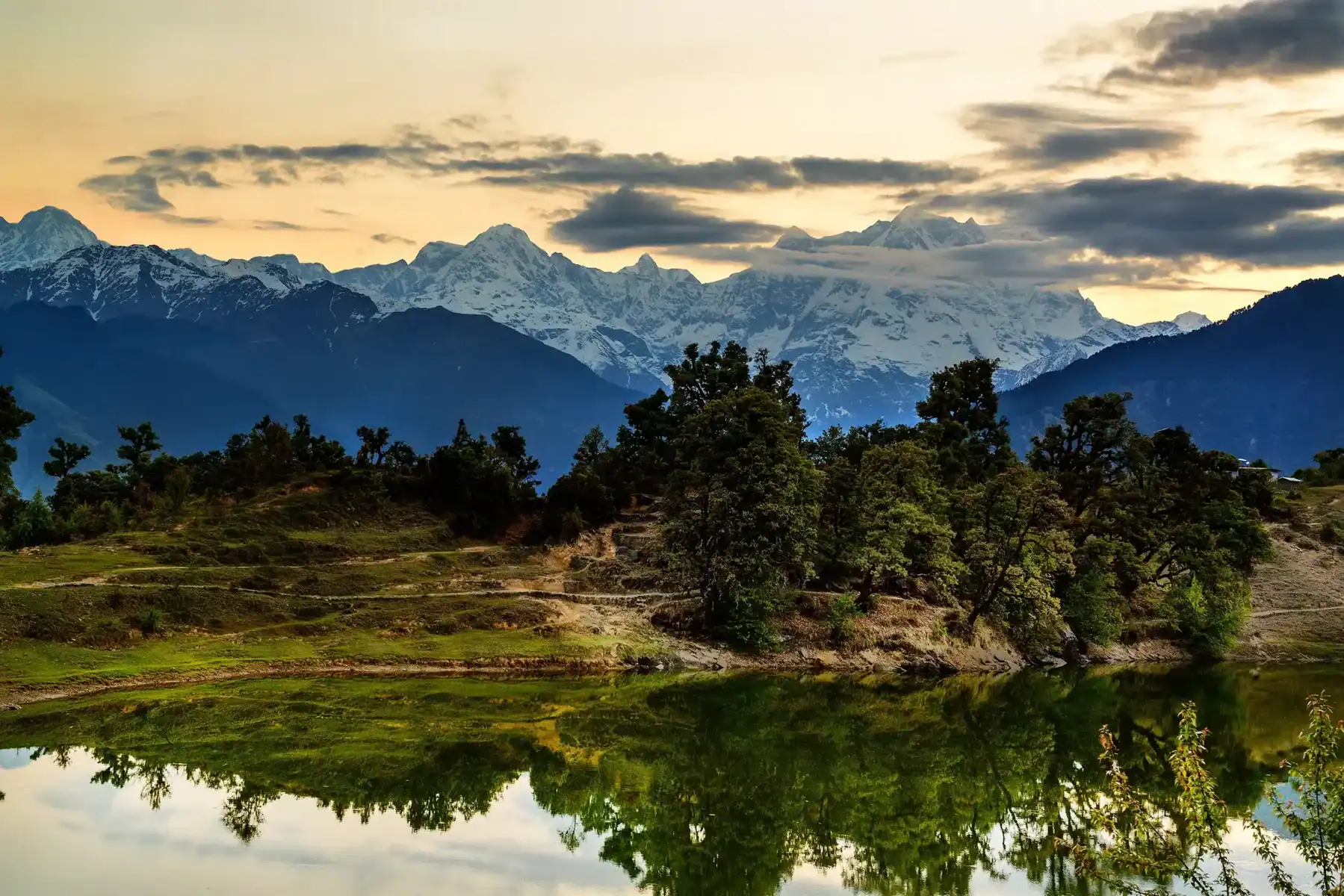Essential Layers To Wear For An Himalayan Winter Trek (From Head to Toe)
Don’t Let the Cold Diminish Your Winter Trek Experience
Too often, I see trekkers struggle through their Himalayan winter treks—shivering, uncomfortable, and clearly not enjoying the journey. The common reasons? Inadequate layering, the wrong gear, or simply an unprepared mindset.
This can completely take away from what should be an unforgettable experience. For many, a winter trek is a once-in-a-lifetime adventure—something to be remembered with joy, not discomfort.
The purpose of this message is to give you a realistic picture of what winter truly feels like in the mountains—and more importantly, to help you prepare your body and gear accordingly. With the right knowledge and preparation, you can fully enjoy the magic of the snow-covered Himalayas.
I don’t want you to be among those who miss out on the wonder of a winter trek simply because they weren’t ready for the cold.
First, how cold can it will get on Trek?
How Cold Does It Really Get on a Himalayan Winter Trek?
Whether you’re trekking to Kedarkantha, Brahmatal, Deoriatal–Chandrashila, or Dayara Bugyal, winter in the Himalayas brings consistently sub-zero temperatures. After sunset, the mercury can fall as low as -15°C, and in some cases even lower—especially following snowfall or rain. Interestingly, it’s often not as cold during a snowstorm, but temperatures plummet once the storm passes.
During the daytime, however, temperatures usually hover between 8°C and 15°C, which means you can trek comfortably in just one or two layers. It’s only after sunset that the temperature drops rapidly to around 3°C to -5°C, demanding all five of your warm layers for adequate insulation and comfort.
What Gear Do You Really Need for a Himalayan Winter Trek?
Let’s break down the essential winter trekking gear, excluding personal toiletries and medical kits (those are detailed separately in the “What to Bring” section on your trek page).
This list is based on over a decade of experience trekking through deep snow and withstanding temperatures as low as -22°C—while staying warm and safe. Each item on this list has earned its place, so we highly recommend not skipping a single piece.
We’ll walk you through:
The right kind of clothing layers (base, mid, insulation)
Footwear and accessories that keep your extremities warm
Trekking equipment specific to snow and ice conditions
Preparing properly means you won’t just survive the cold—you’ll enjoy your winter trek, fully immersed in the magic of the Himalayas.
The Mandatory Equipment You’ll Need for the Himalayan Winter Trek
Carry these they will cover you from head to foot.
Head Gear
Essential Head and Eye Gear for Himalayan Winter Treks
Proper head and eye protection is crucial for comfort and safety during winter treks. Below is a list of tried-and-tested items we strongly recommend based on years of trekking experience in extreme Himalayan conditions.
For Head and Face Protection:
Woolen Cap:
Choose a snug woolen cap that fully covers both your head and ears to prevent heat loss in cold, windy conditions.Fleece or Wool Balaclava:
A balaclava helps cover your neck, nose, and mouth. This is especially useful when trekking in strong winds or extremely low temperatures.
For Visibility and Lighting:
Headlamp (with extra batteries):
Essential for early morning summit attempts and moving around camp after sunset. A headlamp keeps your hands free and ensures visibility in low light.
For Eye Protection:
UV-Protected, Polarized Sunglasses:
Snow reflects sunlight intensely, which can cause snow blindness. Sunglasses that are both UV-protected and polarized are a must for trekking on snowy terrain.Sun Cap with Flaps:
Even in winter, the Himalayan sun can be surprisingly harsh. A sun cap with side and back flaps will protect your face and neck from UV rays.
For Eyeglass and Contact Lens Users:
For Eyeglass Wearers:
Consider purchasing over-glasses sunglasses (readily available at stores like Decathlon) that fit over your regular prescription frames. Alternatively, photochromic lenses (that darken in sunlight) are a convenient option.For Contact Lens Wearers:
You can wear contact lenses during a winter trek. The cleaning solution won’t freeze inside your tent, and changing lenses is usually manageable with care.Always carry enough cleaning solution.
Wash your hands thoroughly before handling lenses.
Wear sunglasses over your lenses for protection from sunlight and wind.
Having the right gear not only increases your comfort but also significantly enhances safety during your trek. Each of these items serves a specific purpose and is based on real-world trekking scenarios.
Upper Body (Put these on after a day’s walk)
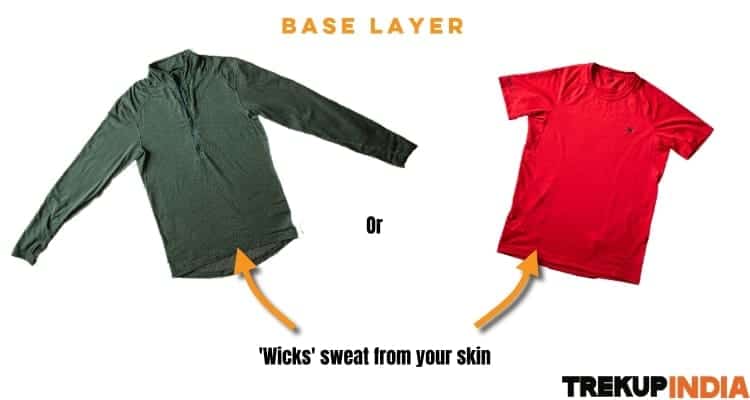
Essential thermals (use only when you sleep) (Layer 1.)
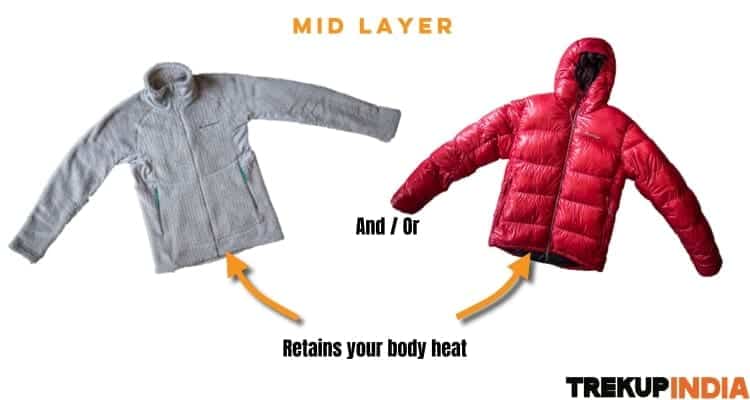
Essential Upper Body Layers for a Himalayan Winter Trek
Layering is the key to staying warm and comfortable during your trek. Each layer serves a specific function—from wicking moisture to providing insulation and protecting against wind and snow. Below is a proven five-layer system for your upper body, along with recommended gloves:
Layer 2 – Dry-Fit, Collared Full-Sleeved T-Shirt
Worn over your thermal base layer (Layer 1).
Must be moisture-wicking, breathable, and ideally collared to offer extra neck coverage.
Keeps sweat away from your skin while providing light insulation.
Layer 3 – Fleece or Woolen Jacket
Adds essential insulation.
A lightweight, full-sleeve fleece or woolen jacket traps body heat without adding bulk.
Layer 4 – Additional Fleece or Woolen Sweater
Offers an extra layer of warmth.
Useful for particularly cold days or when you’re resting at camp.
Layer 5 – Polyfill Padded Jacket
This is your outermost insulation layer.
Must be windproof and water-resistant to protect against cold winds and light snowfall.
A hood is highly recommended for added head and neck protection.
Hand Protection
Waterproof Gloves (Preferably with a Fleece Liner):
Keeps your hands dry in snow or rain.
Inner fleece lining ensures warmth.
Look for gloves that provide dexterity while still being insulated—this is essential for tasks like holding trekking poles or opening zippers.
These layers, when used together, form a reliable defense against the harsh winter elements. Proper layering not only keeps you warm but also allows you to adjust easily to changes in temperature and exertion levels.
While trekking only
Essential Outerwear for Your Winter Trek
When packing for a Himalayan winter trek, every clothing item must serve a clear purpose: warmth, moisture management, and packability. Here’s a breakdown of what you need for your outerwear, along with practical tips and rental options:
Clothing Essentials
1 Dry-Fit T-Shirt (Synthetic):
Lightweight, moisture-wicking, and ideal as a base or second layer. Avoid cotton—it holds moisture and takes a long time to dry in the cold.1 Fleece Jacket:
Warm and lightweight, fleece is perfect for mid-layer insulation. It’s compact and dries quickly.1 Padded Jacket (Polyfill):
Your primary insulation layer. Choose a polyfill jacket that’s windproof, water-resistant, and comes with a hood. It retains warmth even in damp conditions and is easier to maintain than a down jacket.Rainwear or Poncho:
Essential for sudden rain or snowfall. A poncho or lightweight rain jacket will shield your outer layers and backpack, keeping everything dry.
Important Tip: Skip the Bulky Woolen Jackets
Avoid packing heavy, hand-knit wool sweaters. While they’re warm, they’re bulky and slow to dry. Instead, opt for lightweight wool or fleece jackets that compress easily and are more practical for multi-day treks.
Rental Options from Trekup India
Padded Jackets & Rainwear:
Trekup India offers Decathlon-manufactured padded jackets through our Rent Store. These jackets are designed specifically for Himalayan treks and perform exceptionally well in winter conditions.
Cotton vs. Synthetic T-Shirts
As much as we love cotton in the plains, it’s not suited for mountain conditions. Cotton retains moisture, making you feel cold and uncomfortable once you sweat. Instead:
Choose synthetic dry-fit T-shirts that wick sweat efficiently and dry fast.
Keep in mind: synthetic materials can develop odor quickly, so bring a roll-on deodorant or antiperspirant for hygiene.
Polyfill vs. Down Jackets – Which Is Better?
We recommend polyfill padded jackets for most trekkers:
Easier to maintain
More durable
Usually includes a hood and water-resistant outer layer
While down jackets are extremely warm, they:
Require careful handling
Often lack a hood
Lose insulation properties when wet
Lower Body (Put everything on after your day’s Trek)
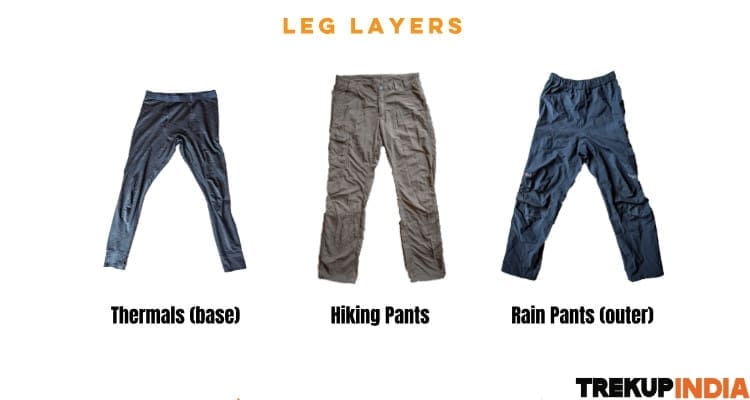
Essential thermals (use only for sleeping)
Lower Body Gear for Himalayan Winter Treks
When it comes to trekking in cold and snowy conditions, the right lower body gear is just as important as your upper layers. Here’s a complete guide to what to wear, what to avoid, and some helpful shopping tips.
Essential Lower Body Clothing
Trekking Trousers (Synthetic):
These are your go-to outerwear for all trekking days. Look for trousers made from quick-drying, stretchable synthetic material.Polyester Trekking Socks:
Worn during the day while trekking. Polyester or wool-blend socks wick moisture and help keep your feet dry and warm.Woolen Socks (for sleeping):
Keep these for nighttime only. Wool socks provide warmth during cold nights inside your sleeping bag. Don’t wear them while trekking as they retain moisture and dry slowly.Trekking Shoes:
Standard trekking shoes are sufficient—even in snow. When you encounter snowy terrain, Trekup India will provide gaiters and microspikes for added grip and to keep snow out of your shoes.
Track Pants or Trek Pants?
Flexible track pants can be used as backup or sleepwear, and even as your inner thermal layer. However, do not use them as your main trekking trousers. They are not wind-resistant or durable enough for snowy or rocky terrain.
Cotton vs. Synthetic Pants
Avoid cotton pants during winter treks. Cotton takes a long time to dry when wet, which is dangerous in cold conditions. You may have to walk or even slide through snow, so your pants must be quick-drying and moisture-resistant. Always choose synthetic trekking trousers.
Smart Shopping Tips for Trekking Pants
Look for trousers with zippered pockets to safely store your phone, handkerchief, or trail snacks.
Ensure they offer stretch and flexibility for comfortable movement during climbs.
Lightweight and easy-to-pack materials are a bonus.
Rental Option: Trekking Shoes
Trekup India offers rental trekking shoes at our TrekUp India Store, including the reliable Trek Series and MH Series from Decathlon. These are great if you don’t want to invest in a new pair just yet.
Additional useful accessories for Winter
To ensure comfort and safety during your winter trek, here are a few more items that can make a significant difference:
1. Thermos Flask (For Warm Water)
A thermos flask is invaluable for keeping your water warm throughout the day. It provides comfort and hydration in cold conditions, especially when trekking in snow. It’s important to stay hydrated, and having a warm drink on hand will help you maintain core body temperature.
Tip: Choose a high-quality, insulated thermos that can maintain the temperature for several hours.
2. Raincover for Your Backpack
A rain cover is essential to protect your gear from unexpected rain or snow. Even during winter, the weather can change suddenly, and keeping your backpack dry will ensure your gear stays protected.
Tip: Make sure the rain cover fits snugly around your backpack and provides full coverage.
3. Petroleum Jelly (For Lips and Dry Skin)
Petroleum jelly is a simple yet effective remedy for dry lips and skin, which are common problems during winter treks. Cold, dry air can lead to chapped lips and cracked skin, and applying petroleum jelly will help protect and soothe these areas.
Tip: Apply a generous amount to your lips, face, and any dry spots in the evening or whenever you feel dryness.
Conclusion
Final Thoughts on Your Winter Trek Gear
That’s all the essential clothing and gear you’ll need for a successful and comfortable winter trek. Each item has been carefully selected based on years of experience in harsh Himalayan conditions. While some gear may seem like a small detail, every piece plays a critical role at some point during your adventure.
Tip: Don’t skip any of these items—they’re all practical and serve a purpose, whether it’s for staying warm, dry, or comfortable during your trek. Proper preparation ensures that you can focus on the adventure, not the elements.
Happy trekking, and stay warm!
About Author

Preetam Singh Rawat (Founder)
The person behind this trekking organization is someone who’s spent over a decade – 12 years, to be exact – living and breathing the mountains. With multiple high altitude summits under his belt (we’re talking 6000 to 7000 meter peaks), he’s not just experienced – he’s the real deal.
But what really sets him apart is the sheer number of treks he has guided. He has led over 200 Himalayan expeditions, including well known routes like Bali Pass, Buran Ghati, Rupin Pass, Pin Bhabha, Stok Kangri, and Black Peak. Not just once, but multiple times. So yeah, when it comes to the Himalayas, he knows every twist in the trail and every story the mountains have to tell.
Got questions or want to get in touch? Write to Preetam at preetam@trekupindia.com. He’s always happy to chat about treks, answer your questions, or help you prepare for your next big adventure.
Share this article
Dates For Upcoming Treks
Want To Trek Like Pro?
Basically, watch these videos if you want to trek the same way professional trekkers do and make your skills better. These videos contain useful tips and techniques to further improve your trekking skills itself. These videos actually help both new and experienced trekkers improve their trekking skills. These videos definitely provide useful tips that make your trek better. We are seeing that these videos by Trekup India experts will only help you make your trekking skills better.
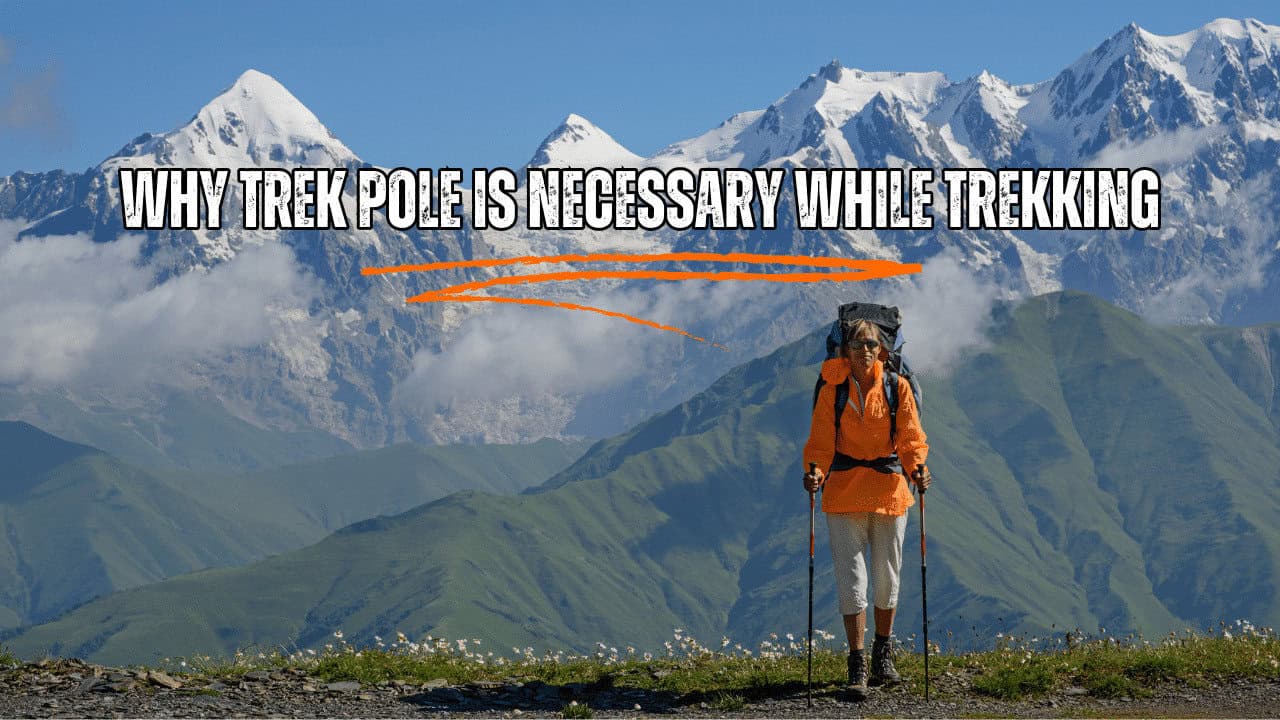
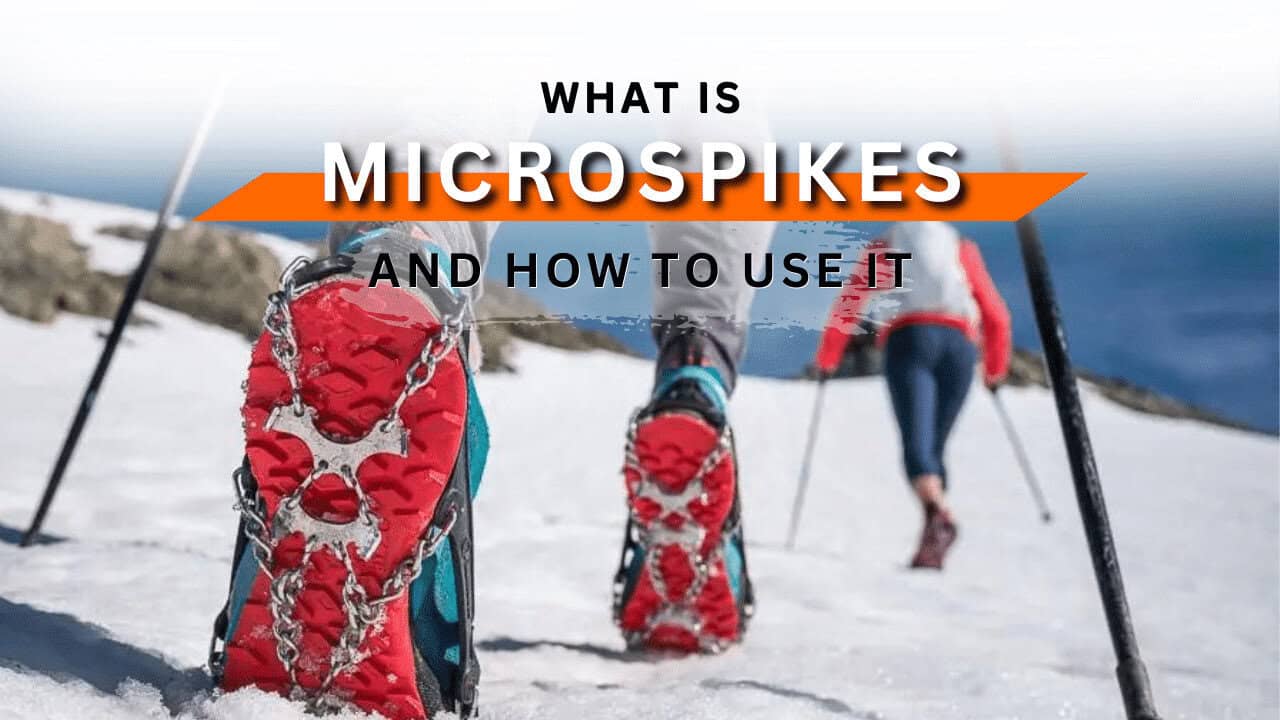
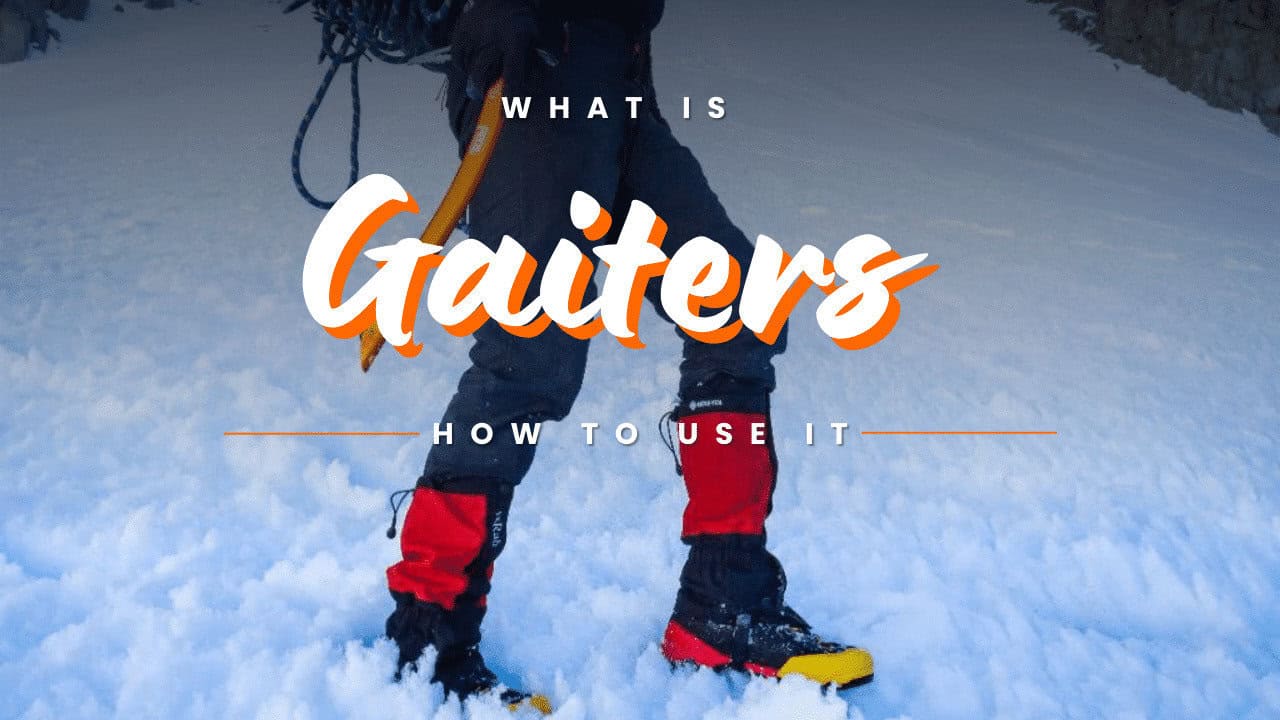
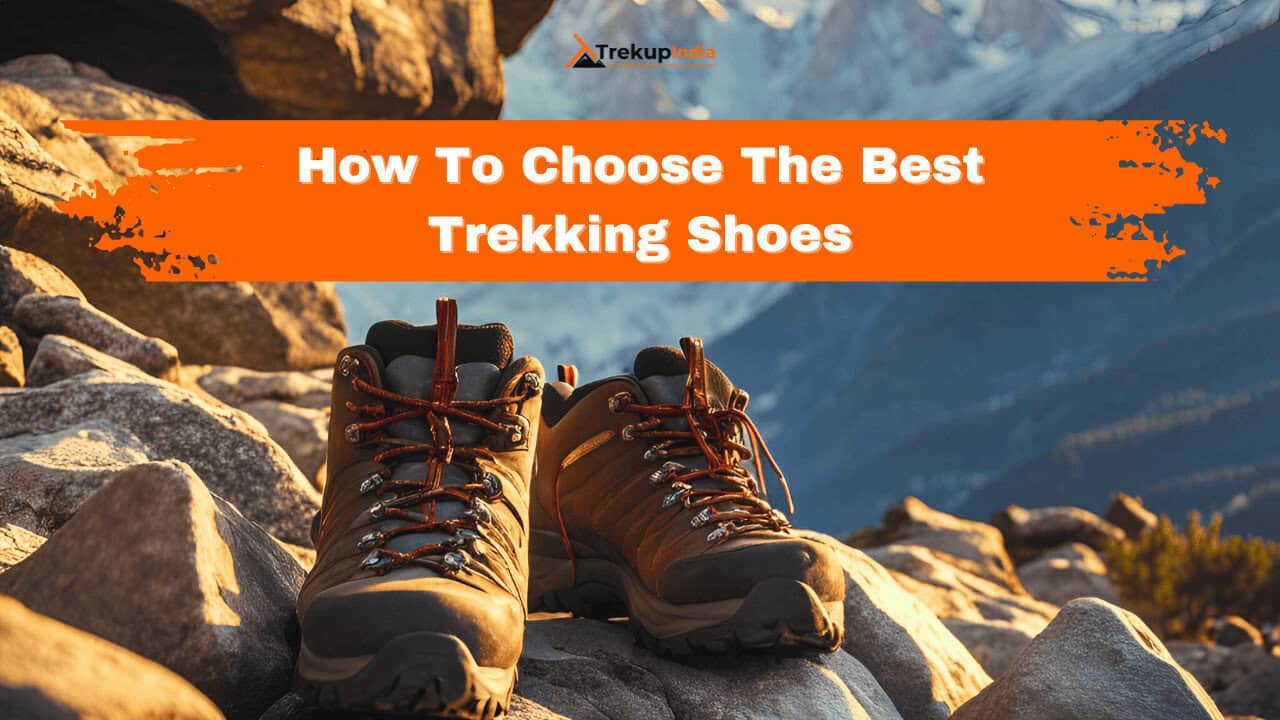
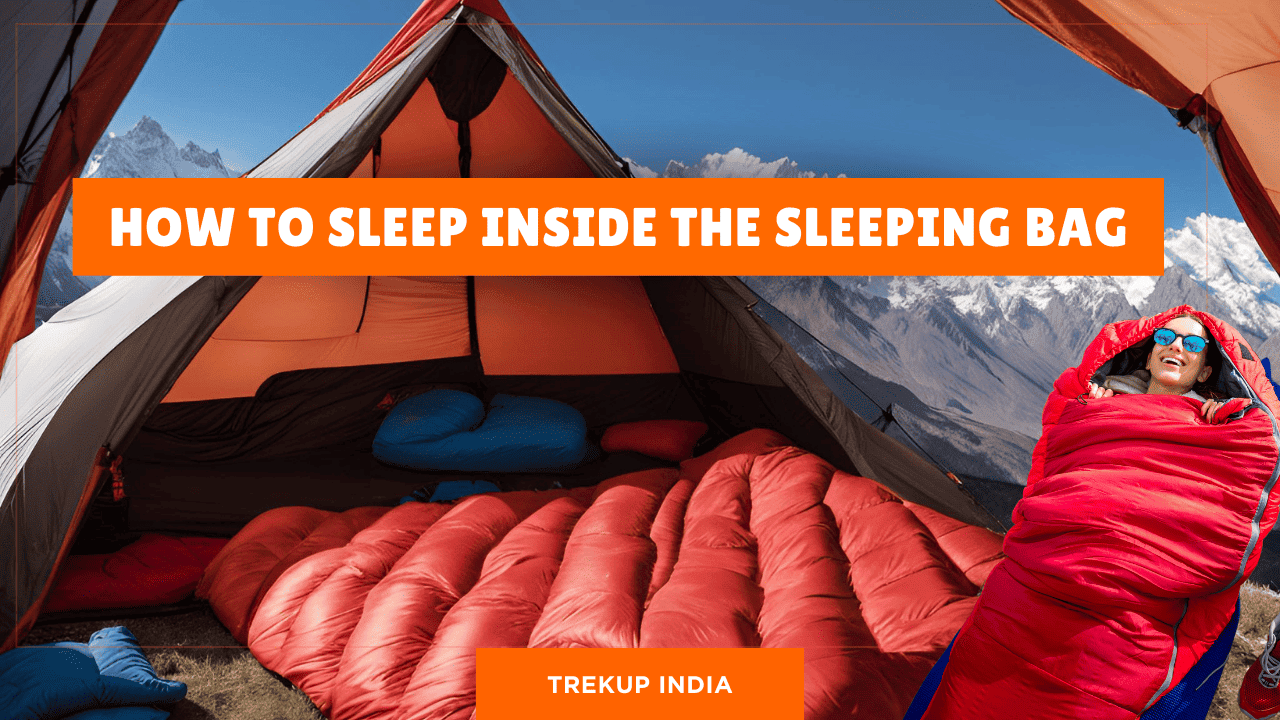
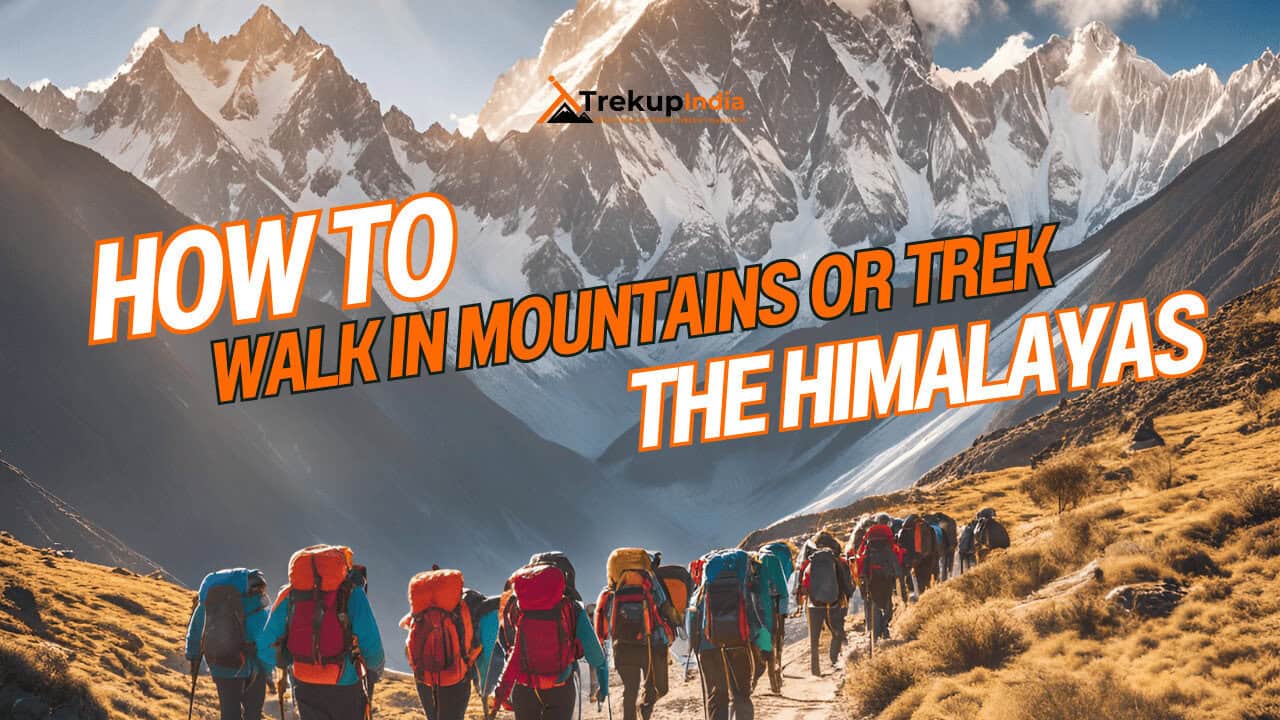
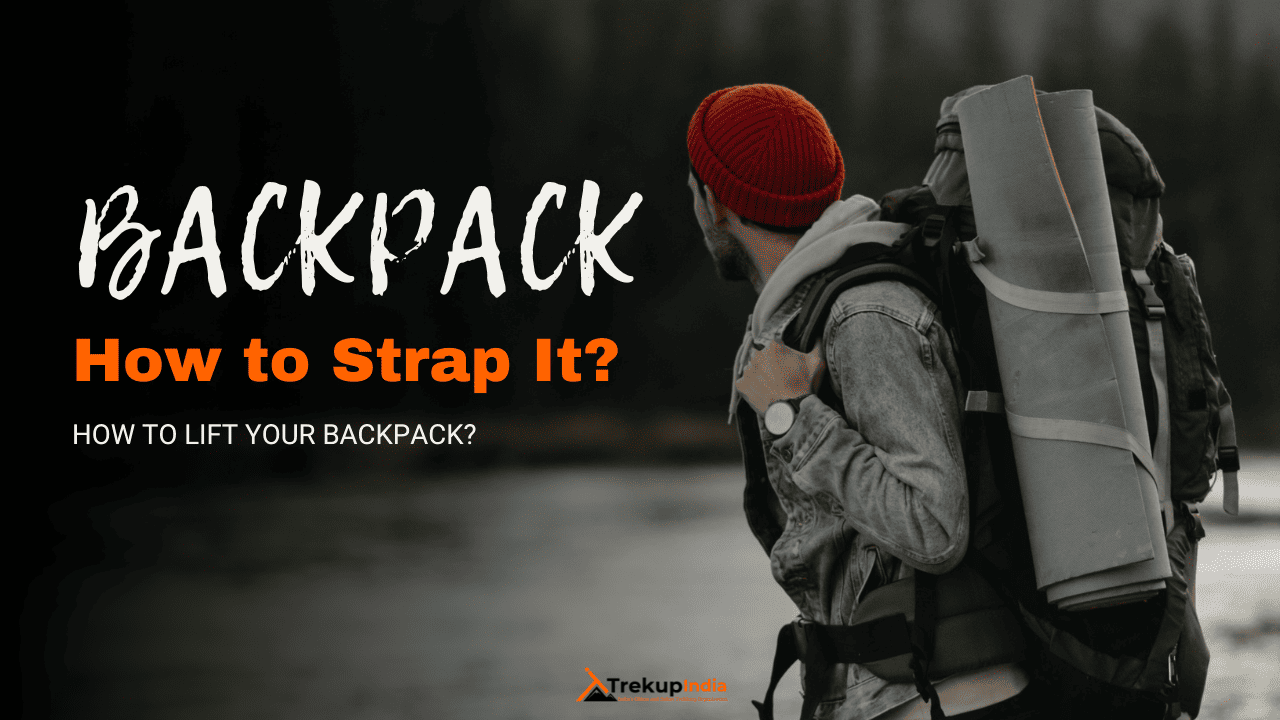
Know Everything About Acute Mountain Sickness
Acute Mountain Sickness occurs when people trek to high altitudes above 8,000 feet. This condition itself develops further due to reduced oxygen levels at such heights. Basically, as you go higher up, the air pressure and oxygen levels decrease, which causes the same problem. Acute Mountain Sickness surely causes headache, nausea, vomiting, and dizziness in affected persons. Moreover, peoples also experience difficulty in sleeping during this condition. To avoid mountain sickness, you should actually trek up slowly to higher altitudes. To learn further about this condition itself, watch the videos by Trekup India.
